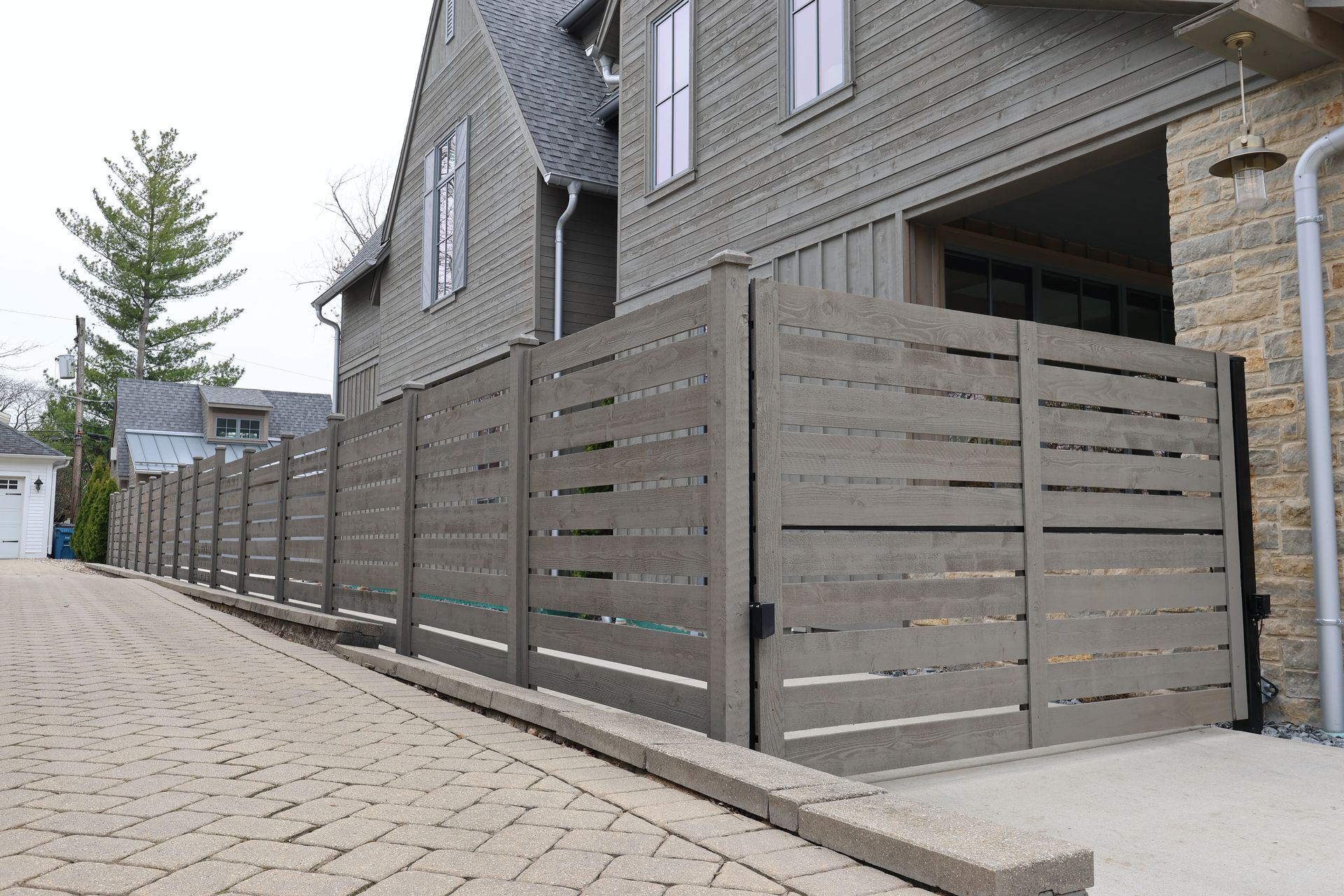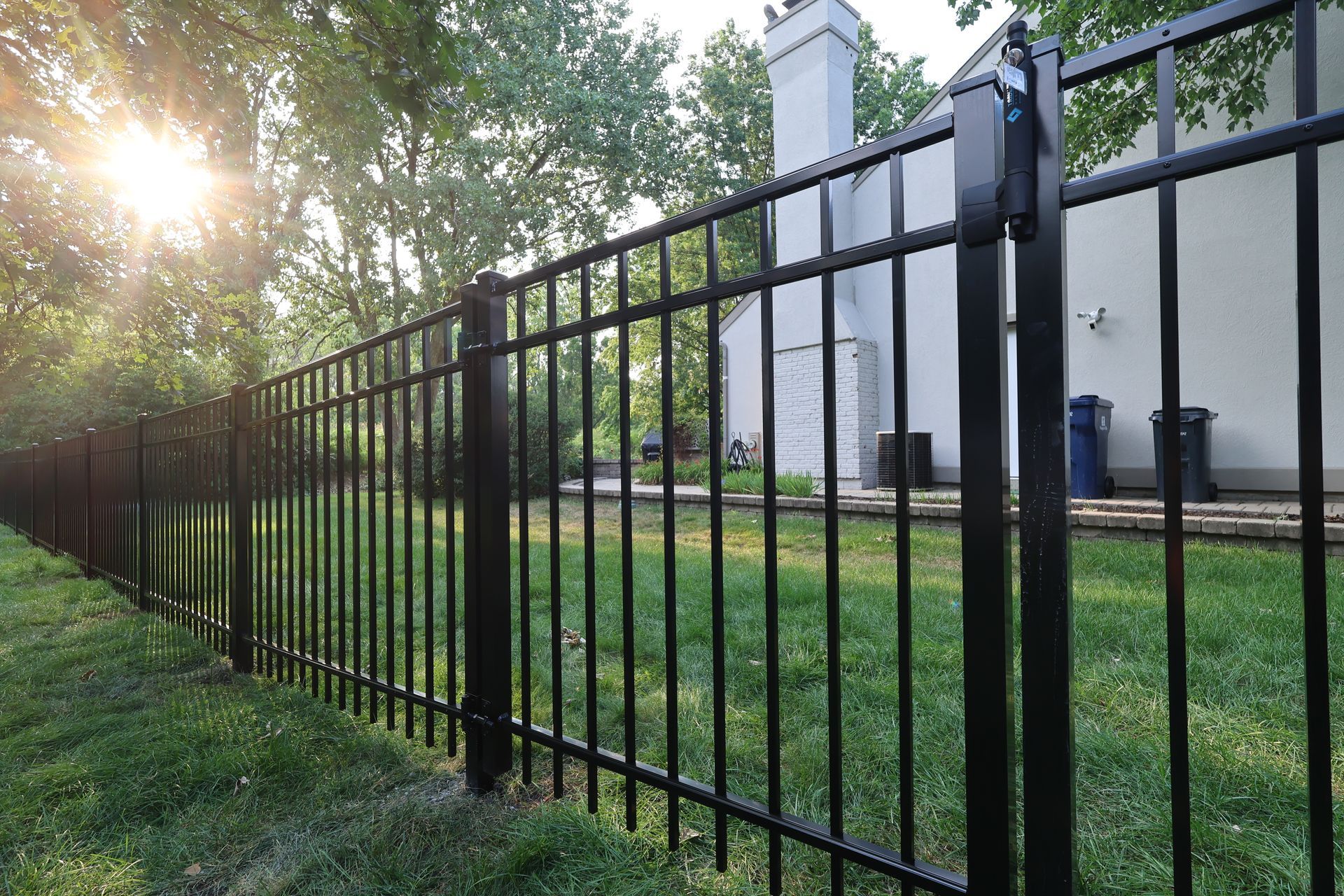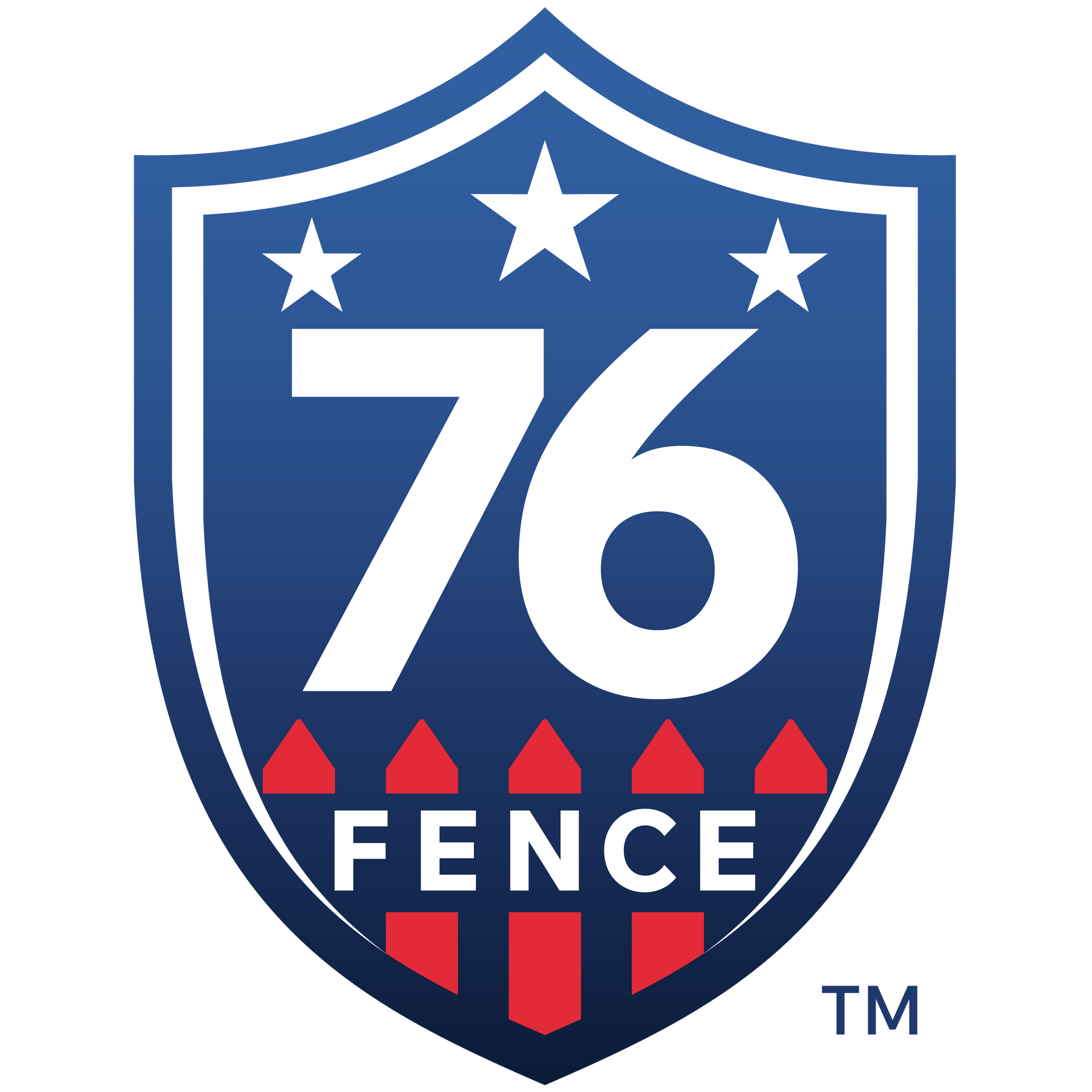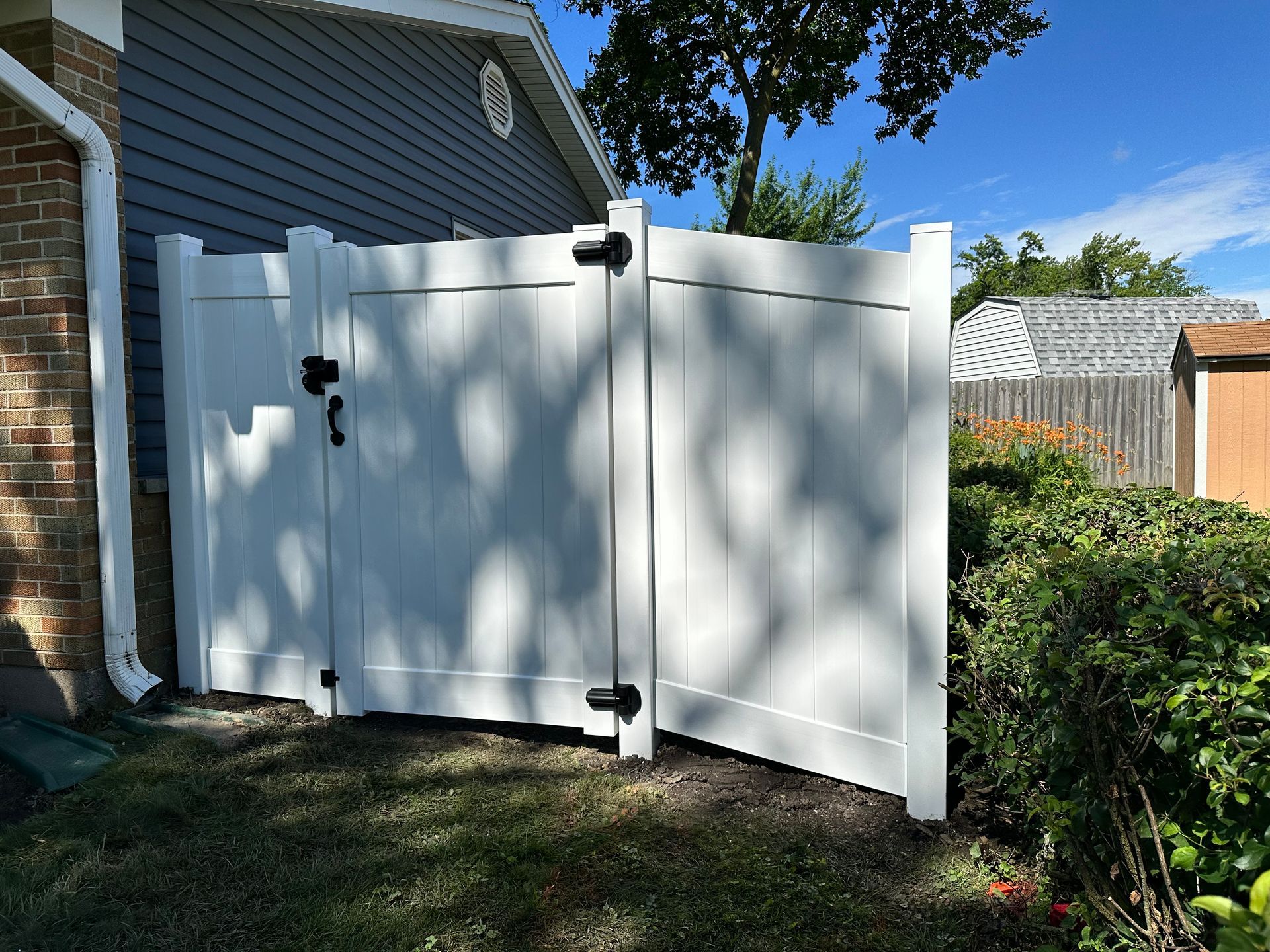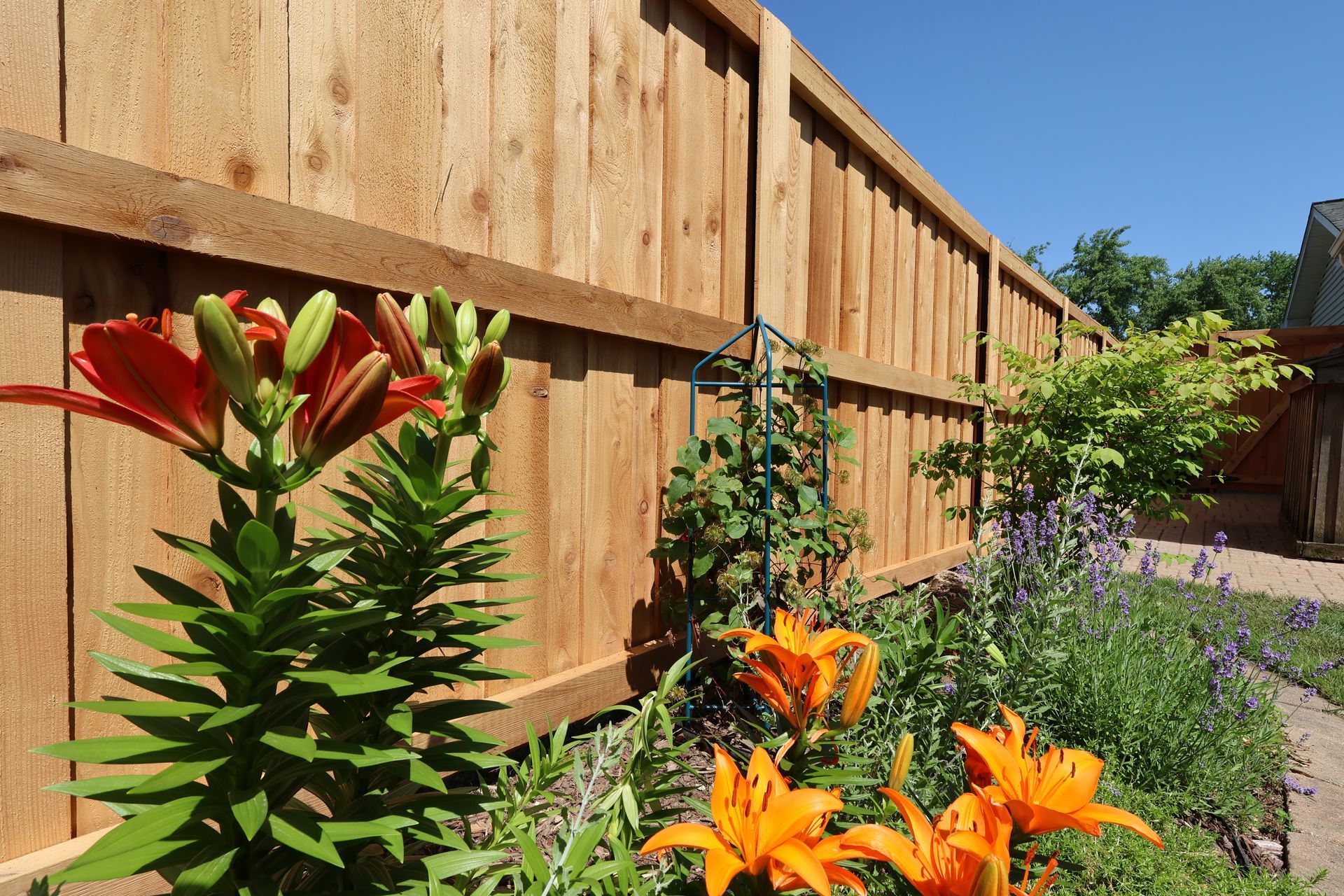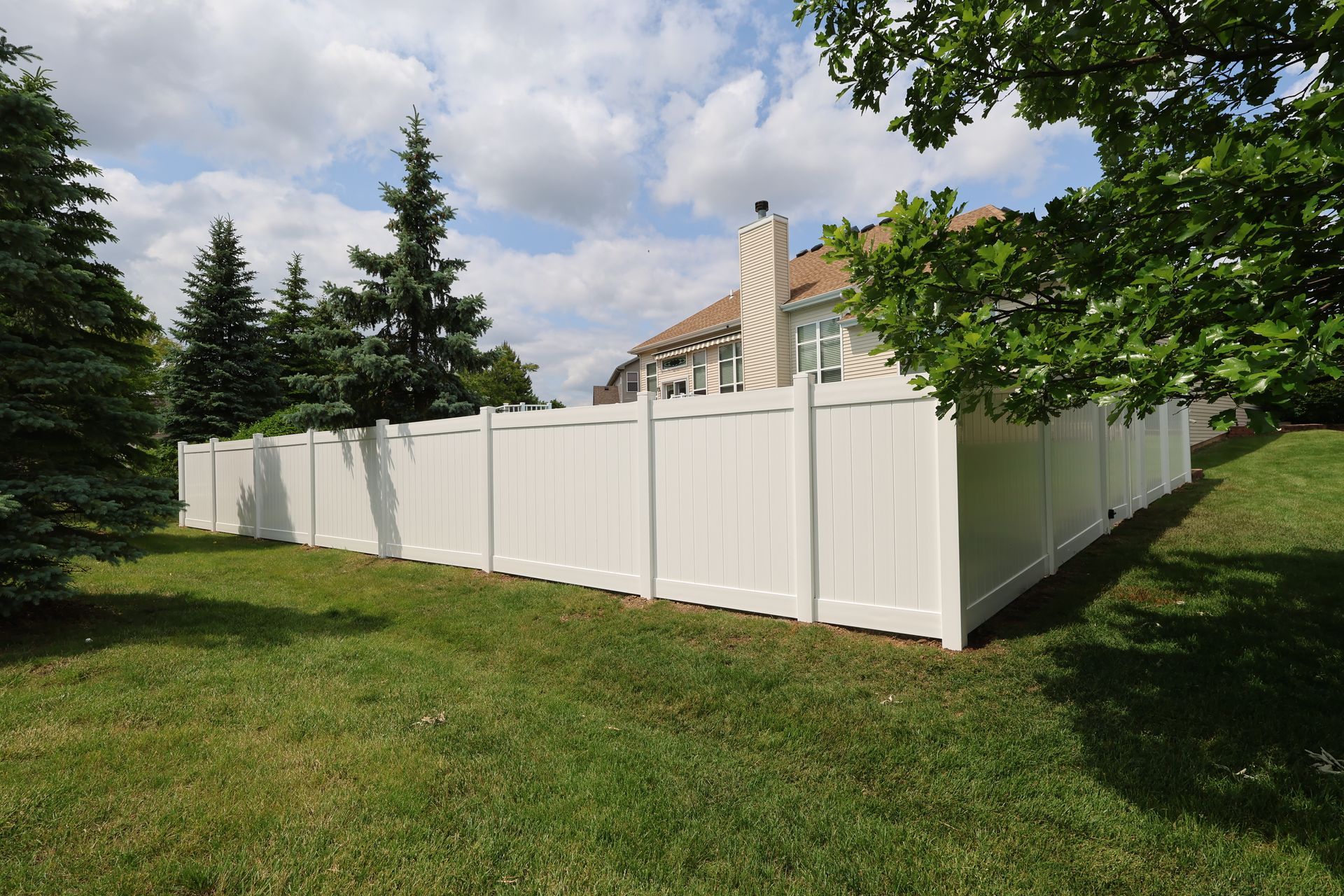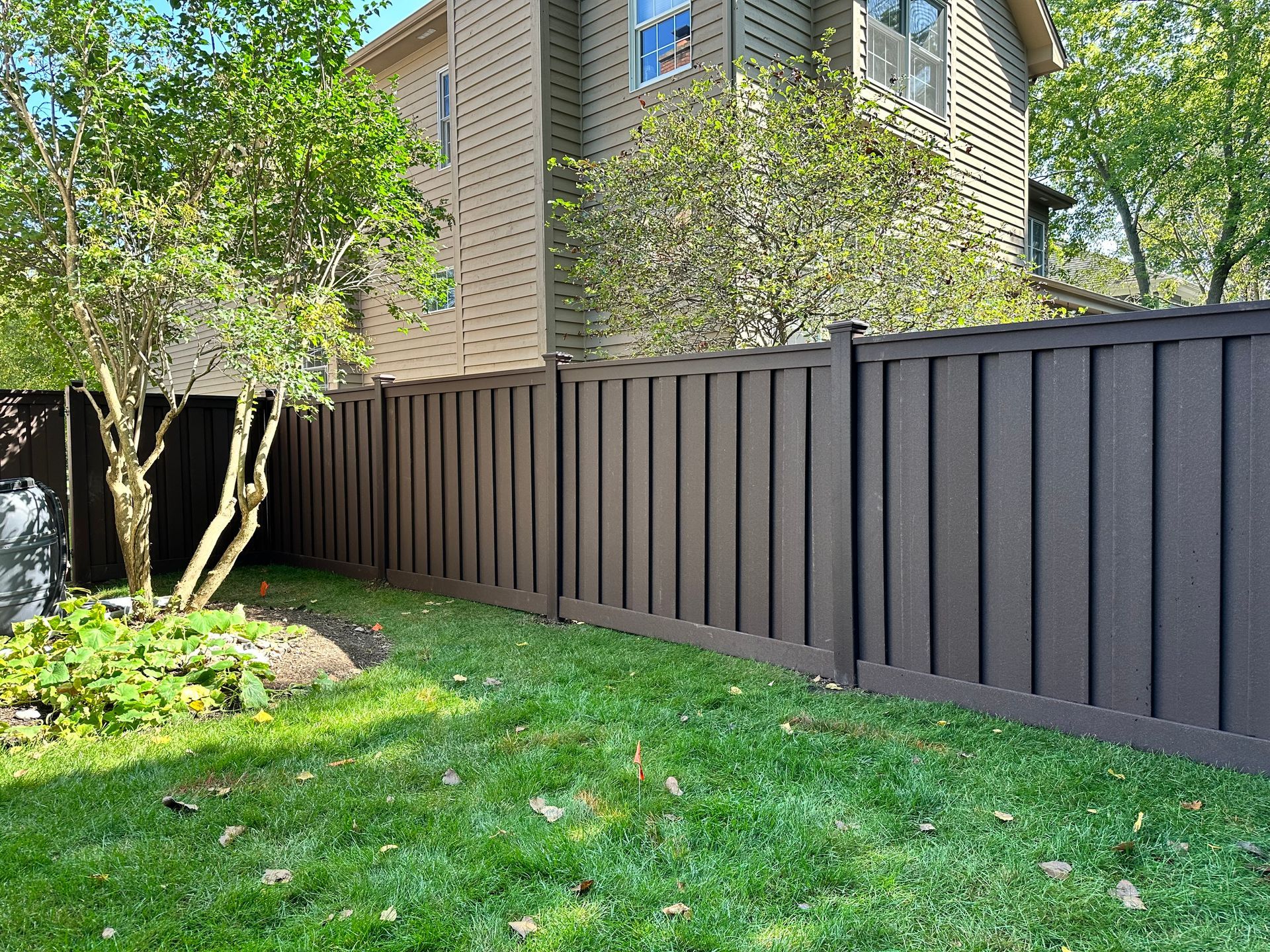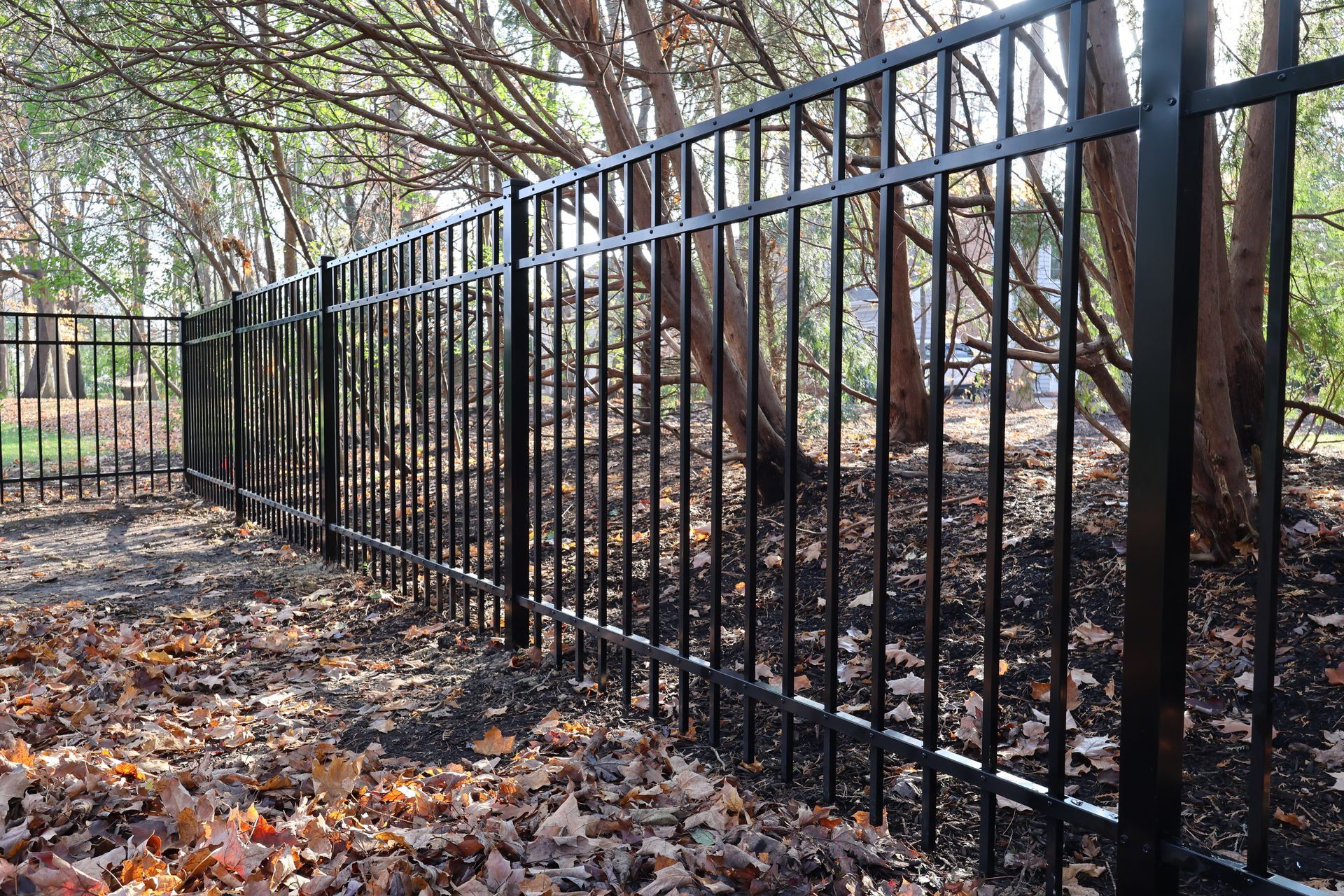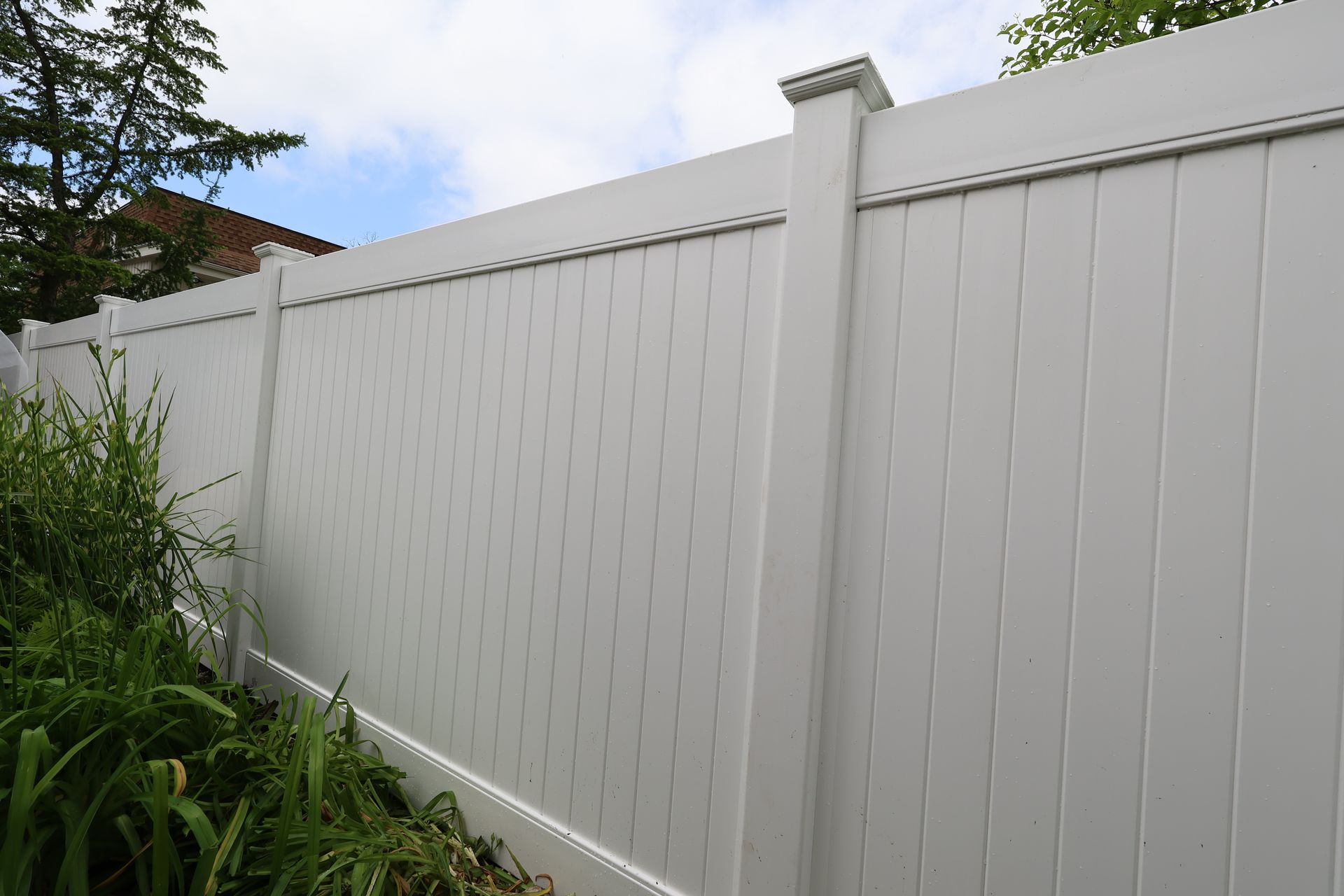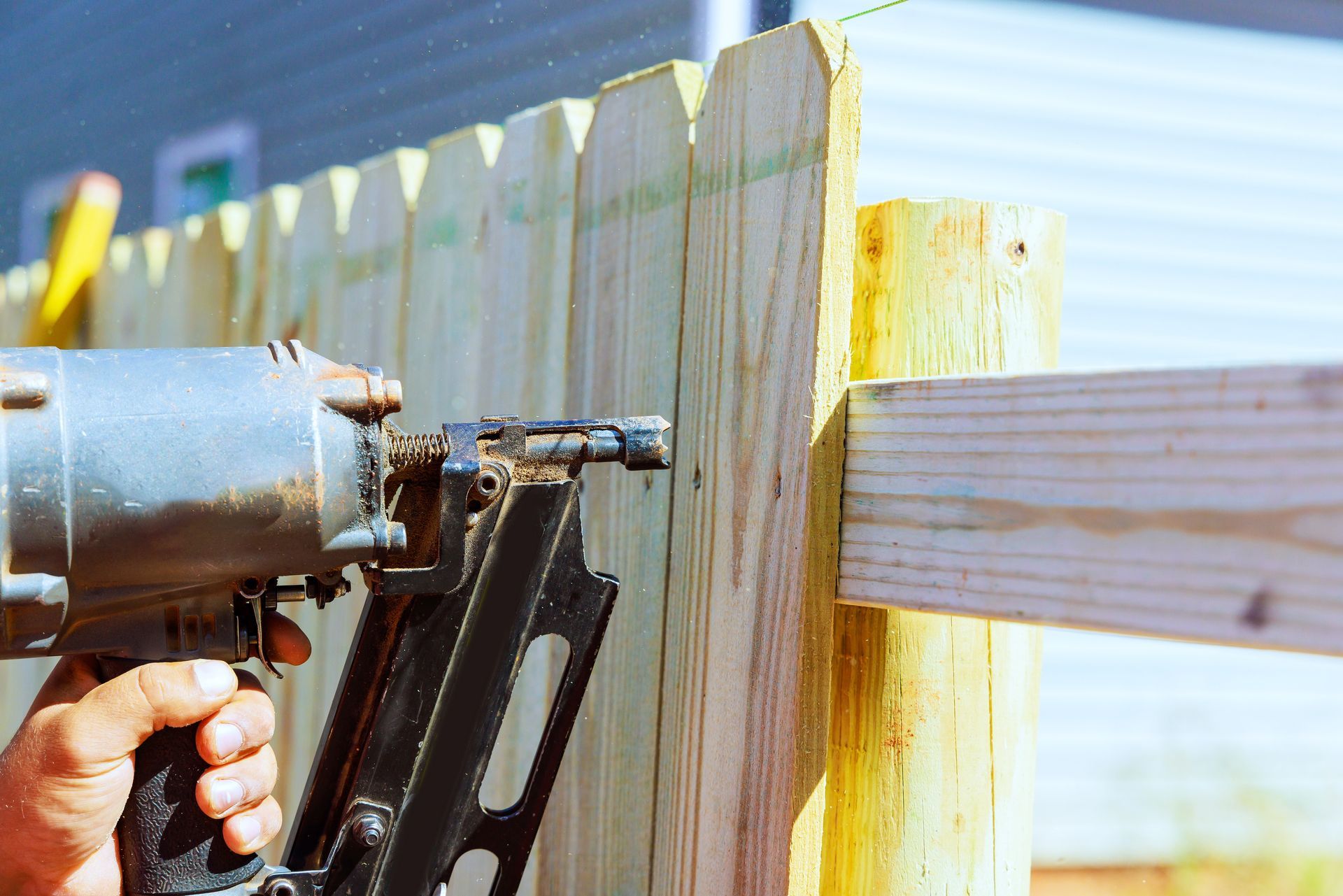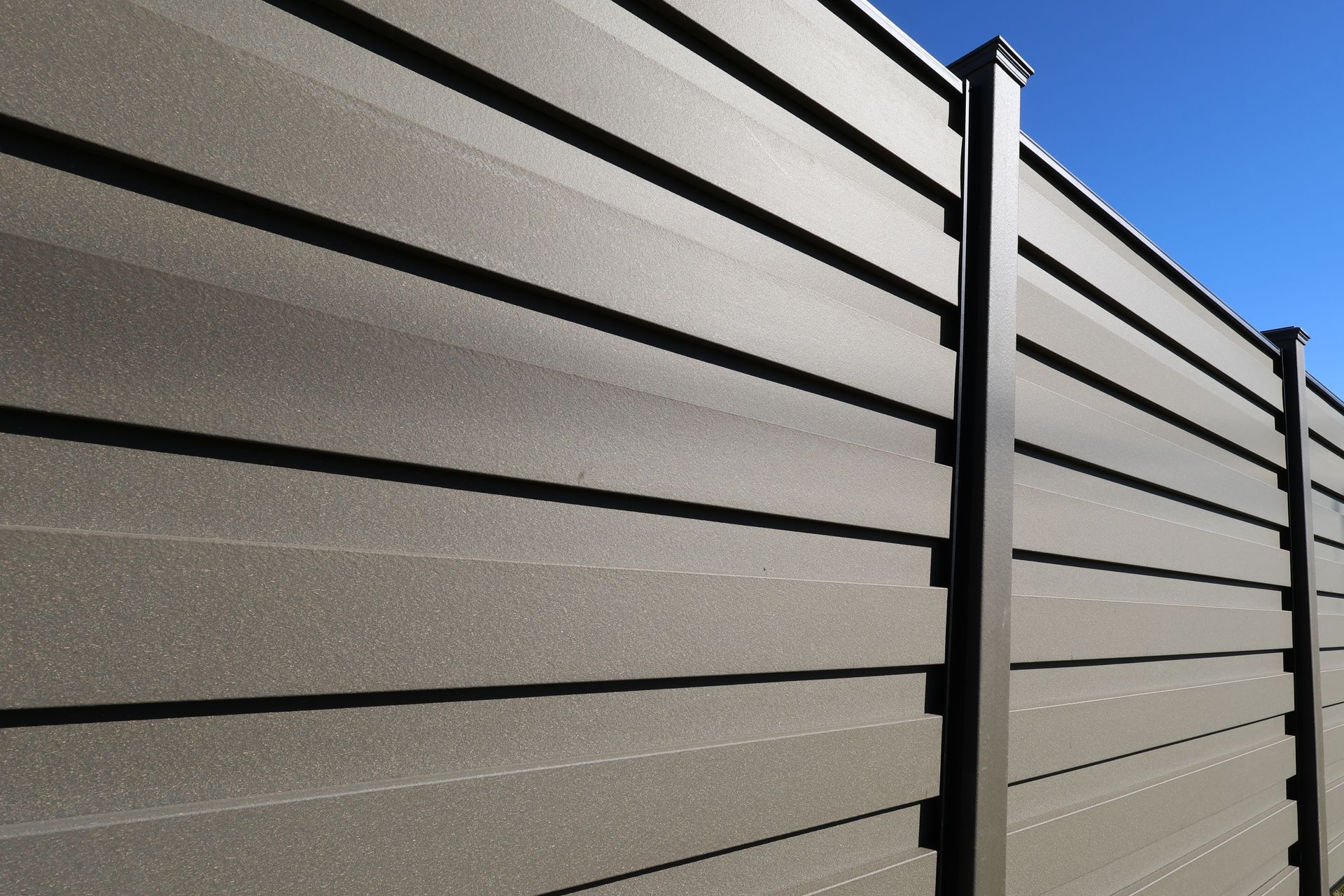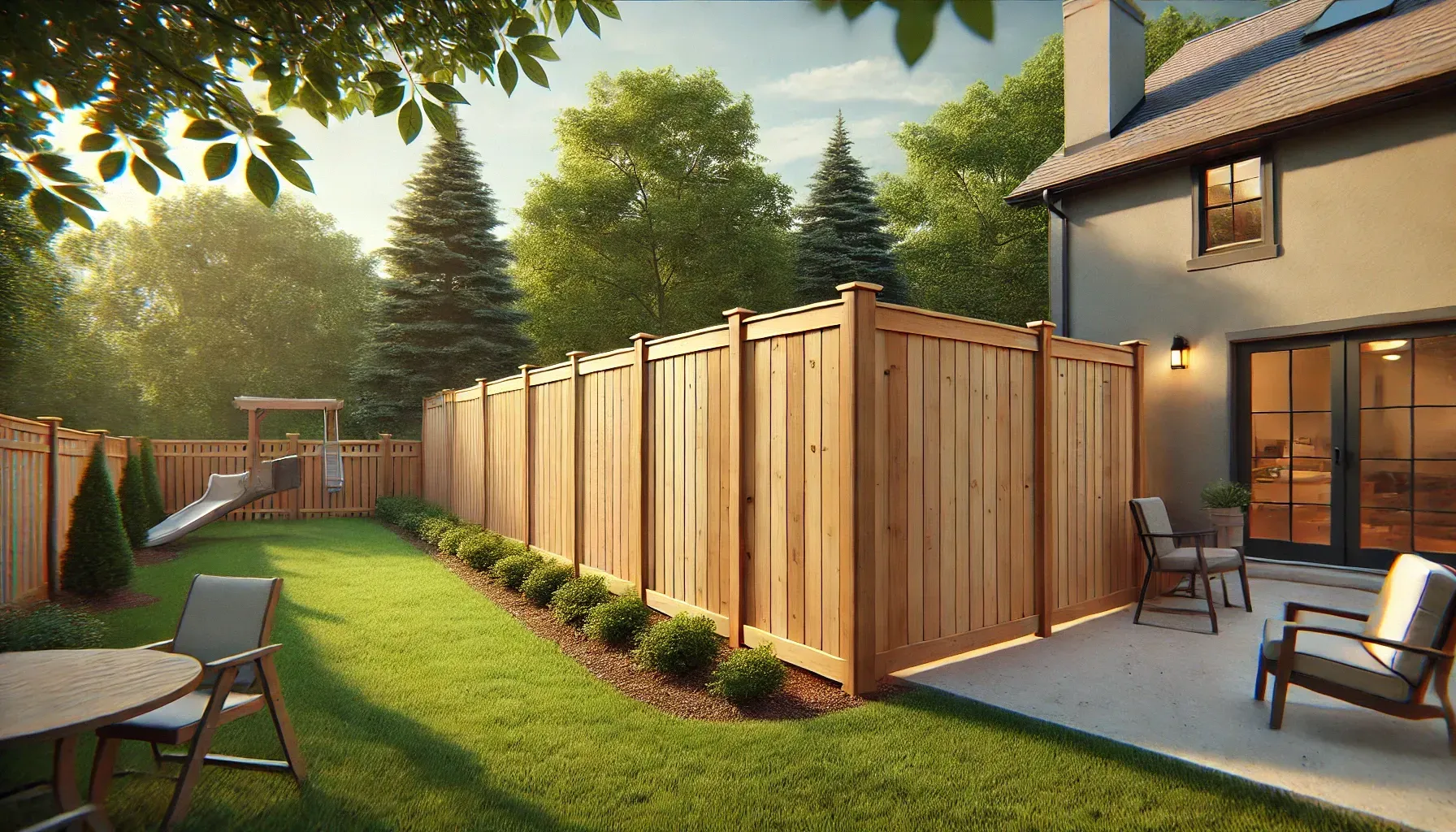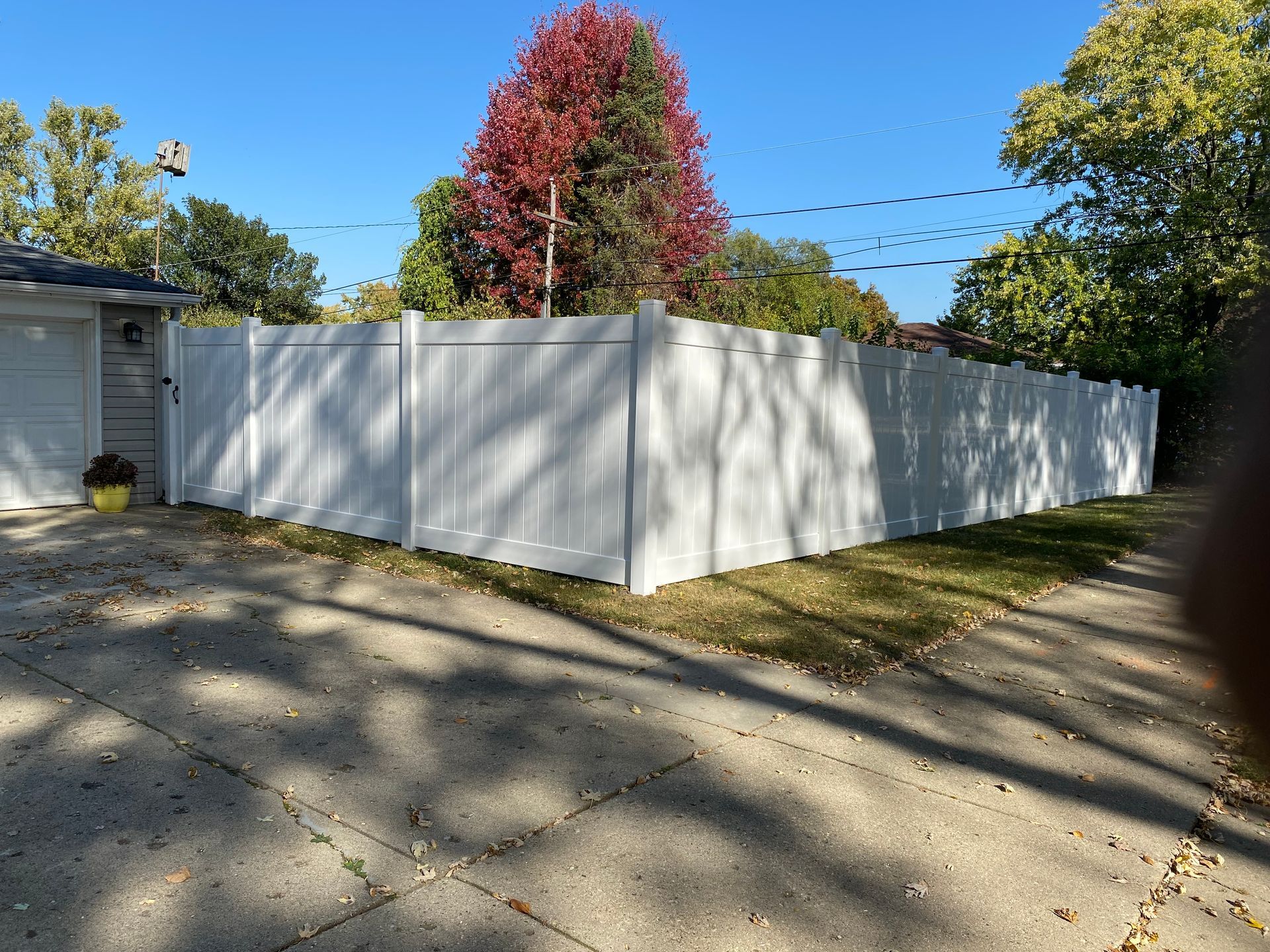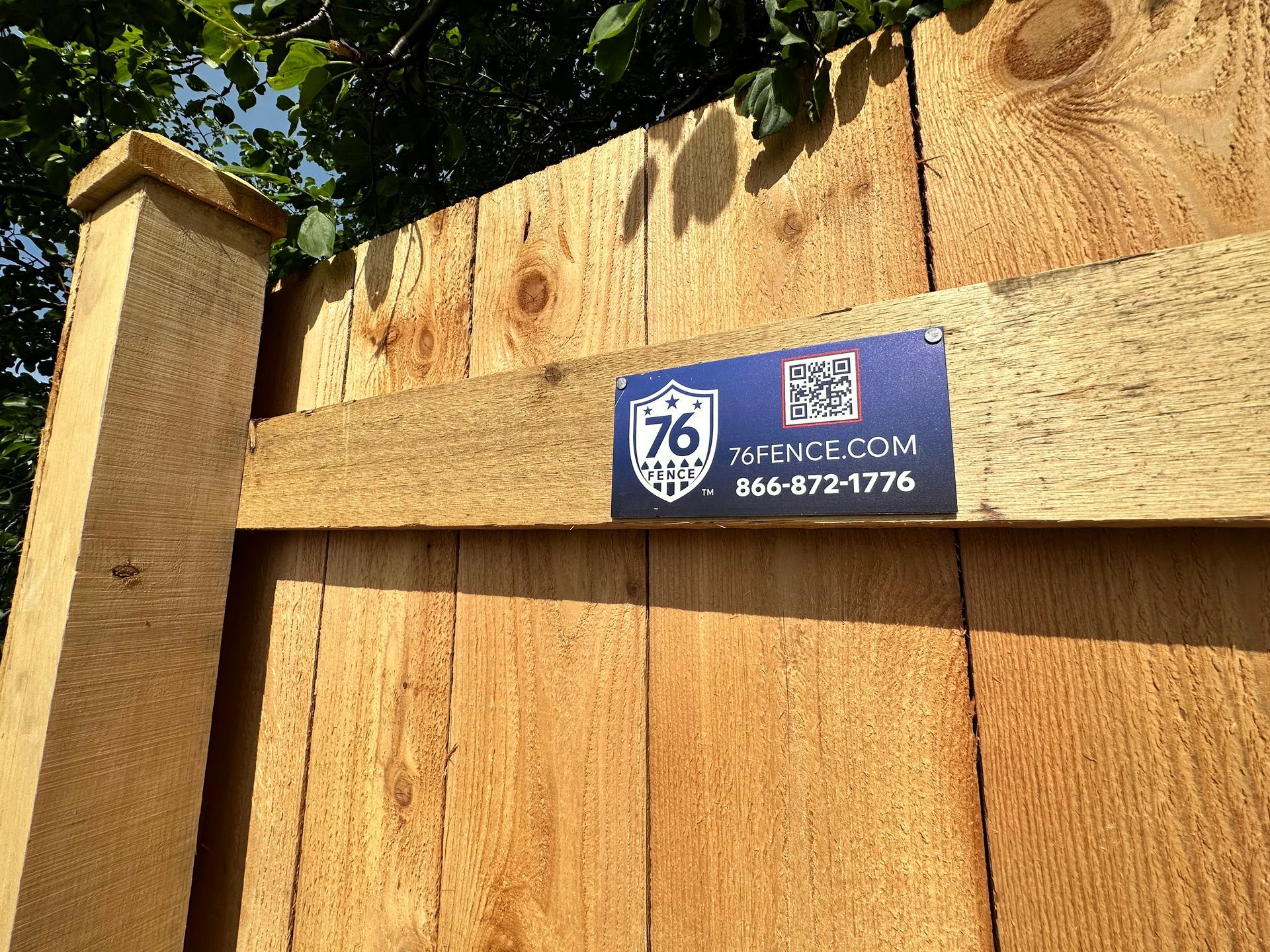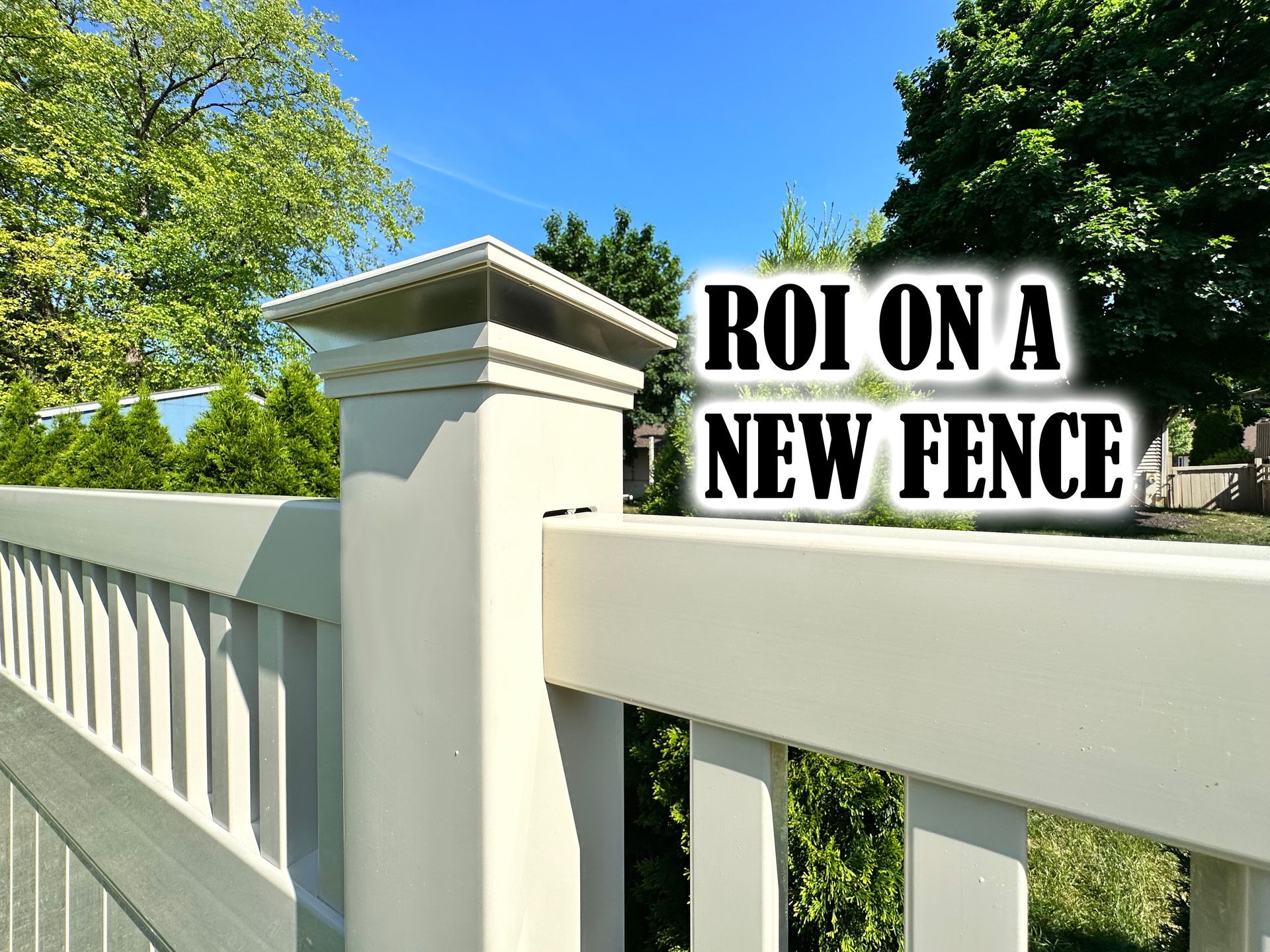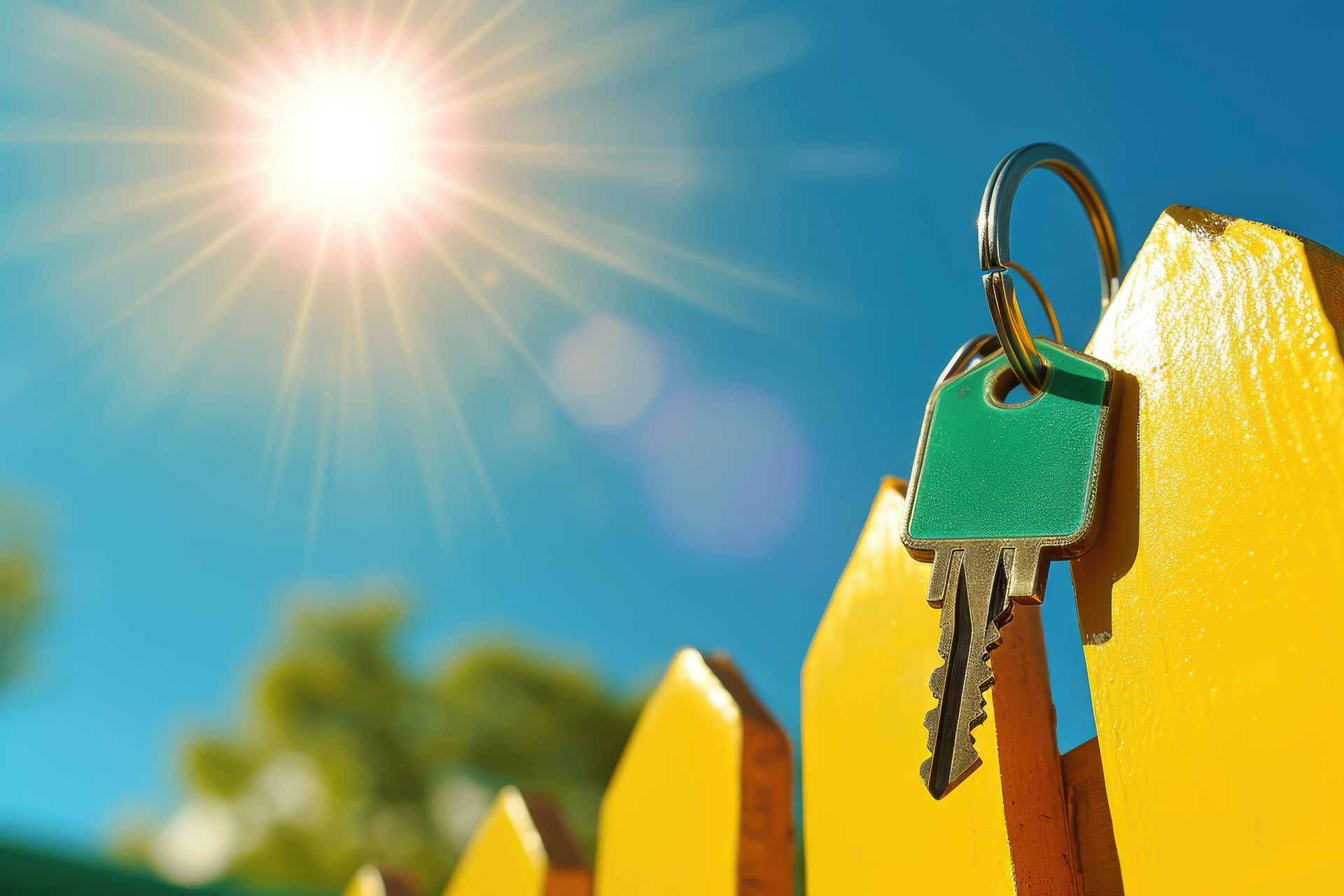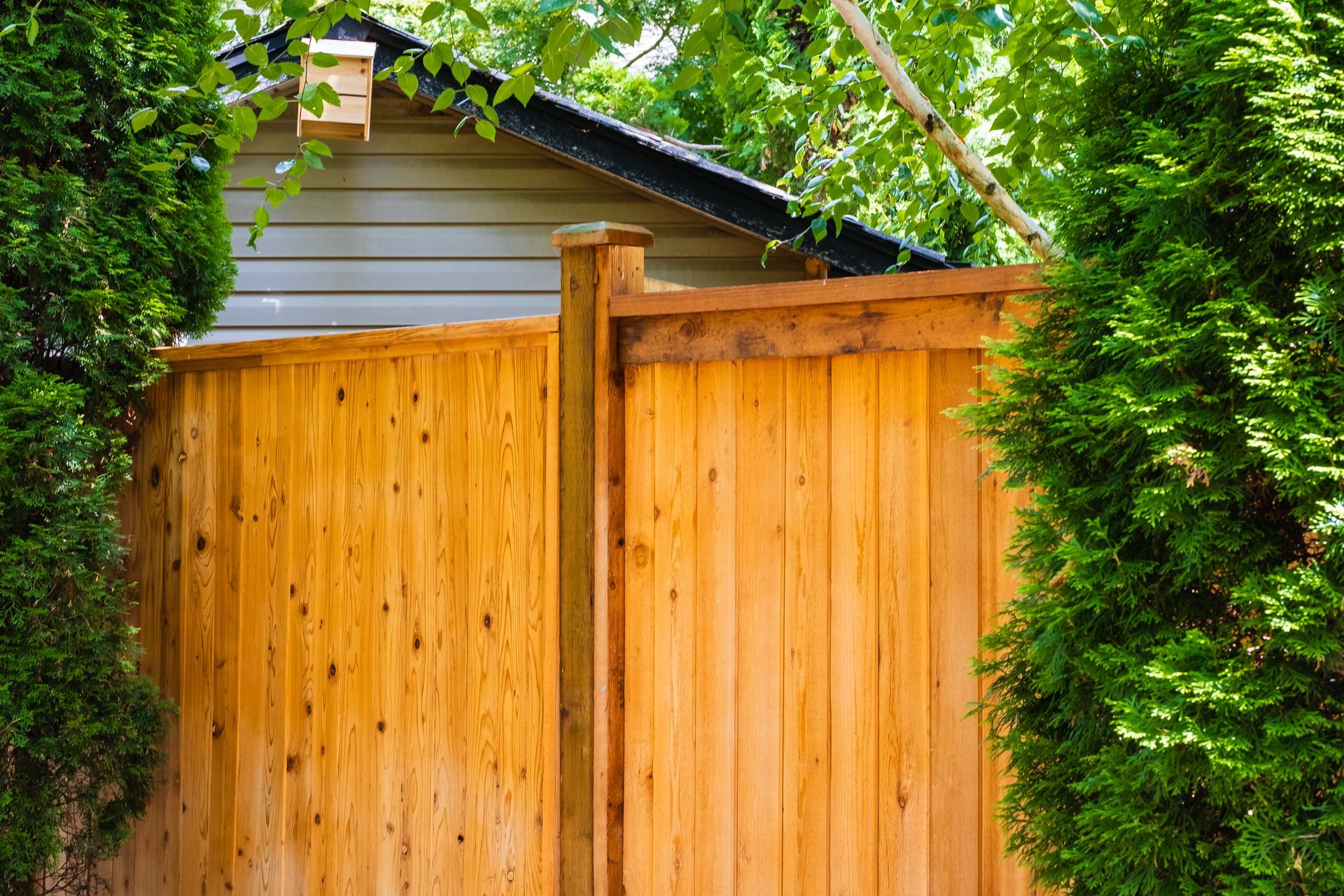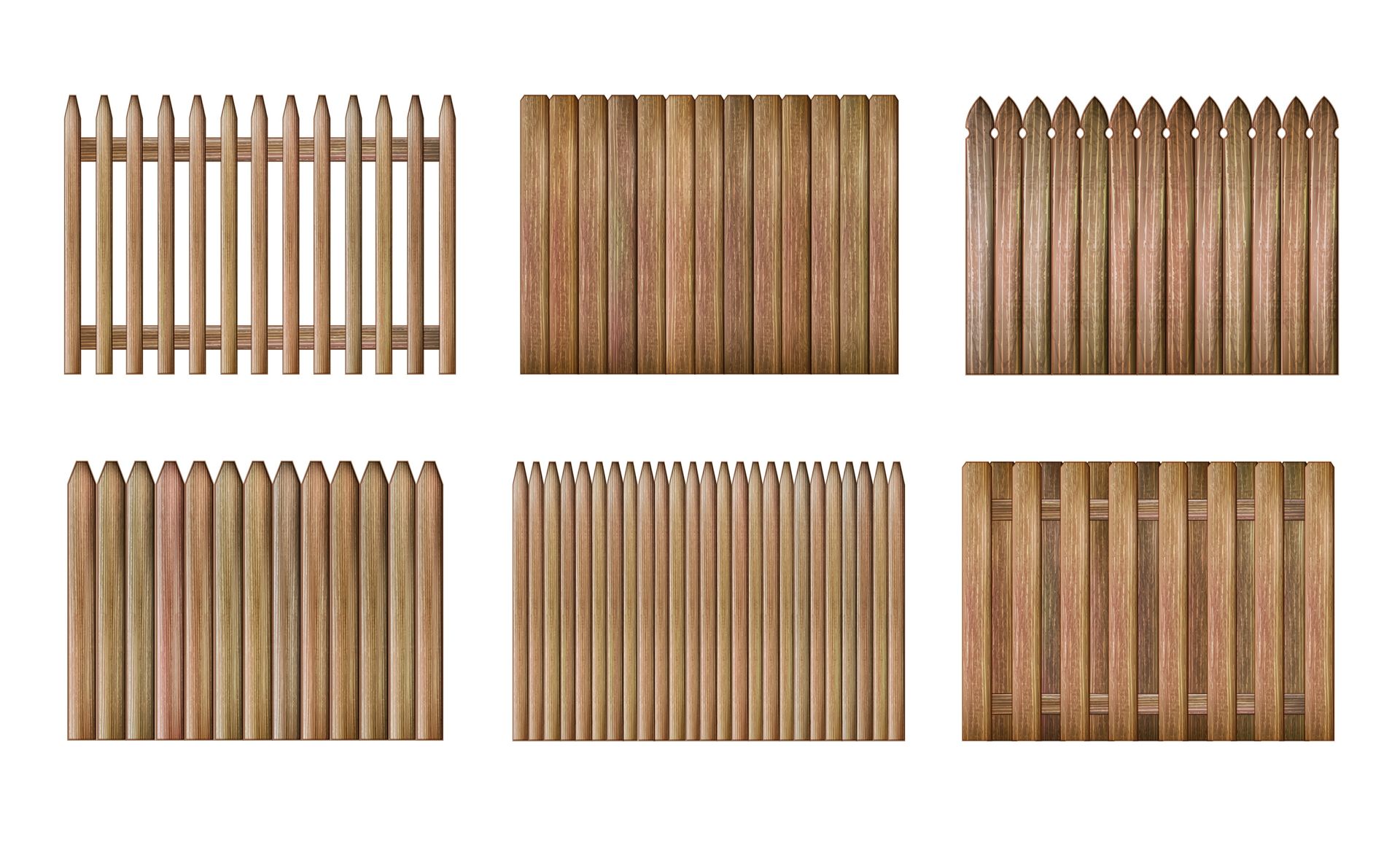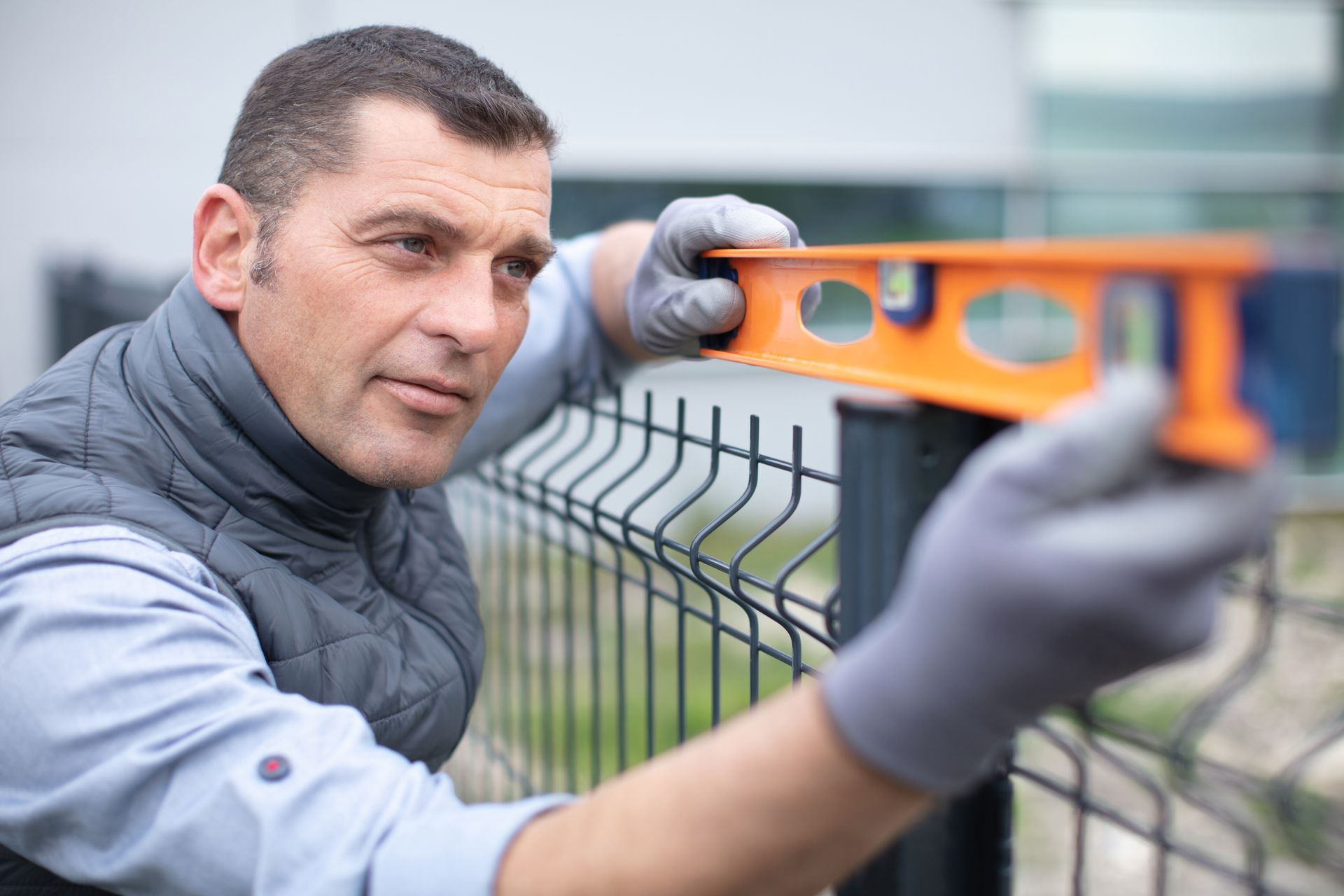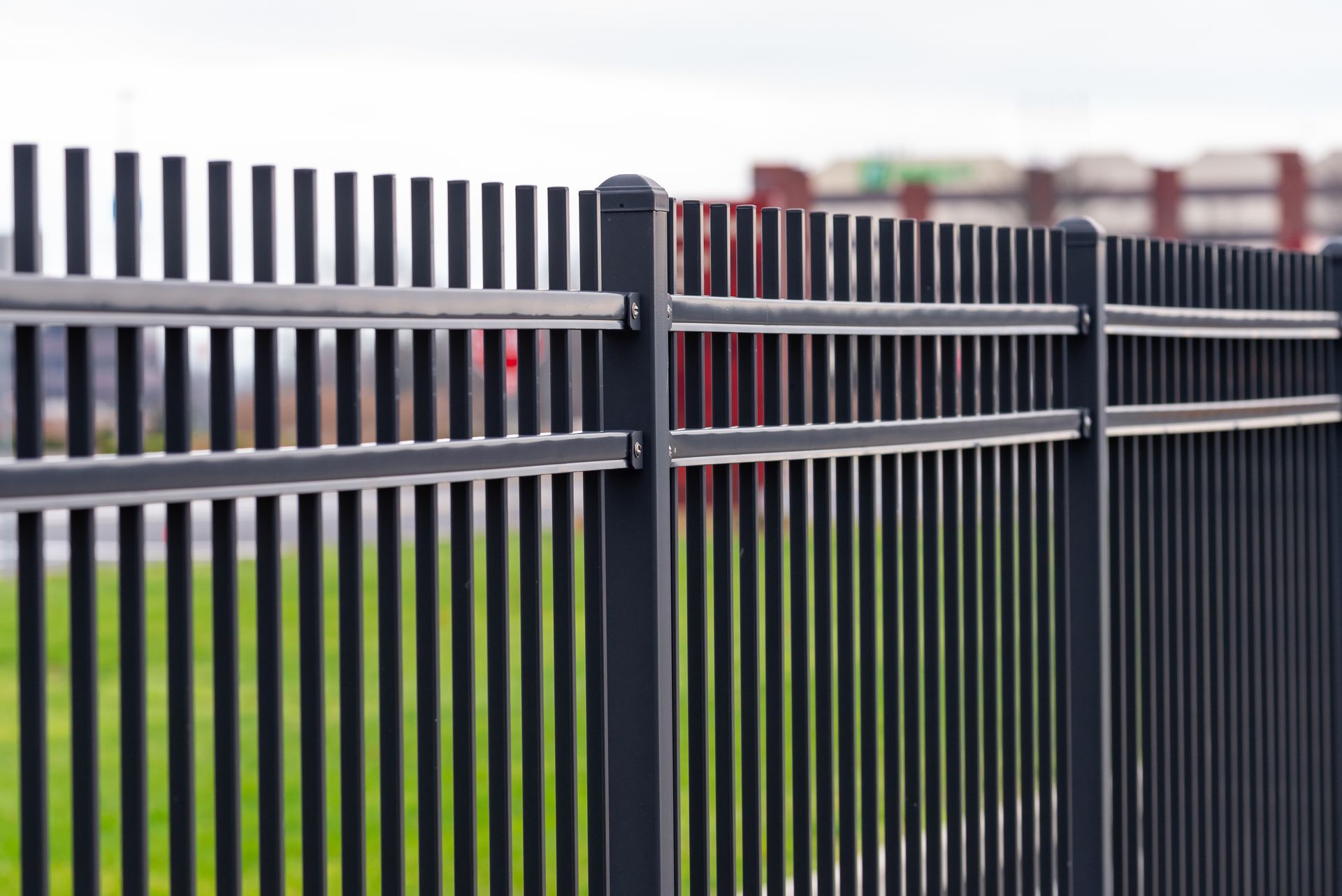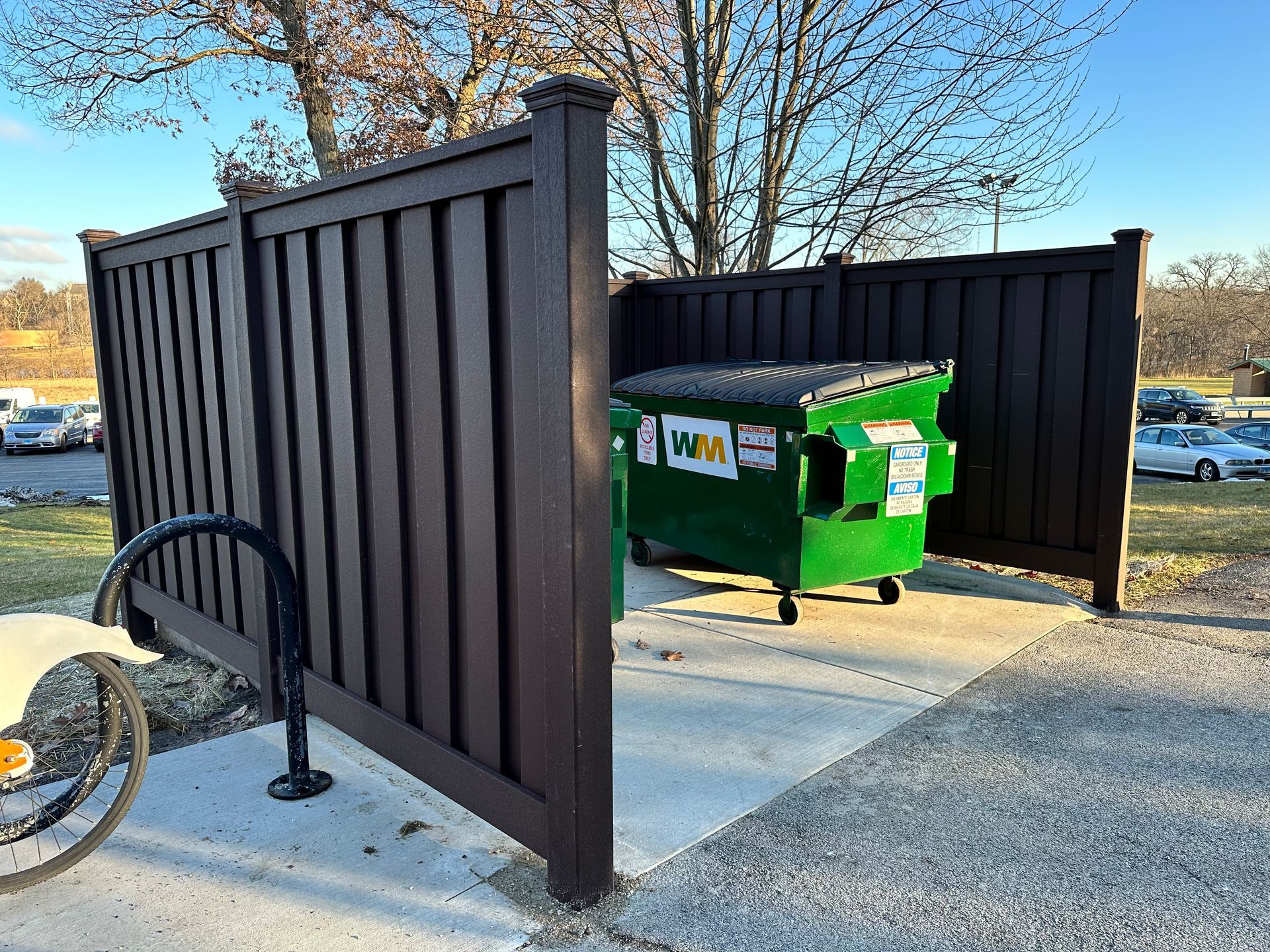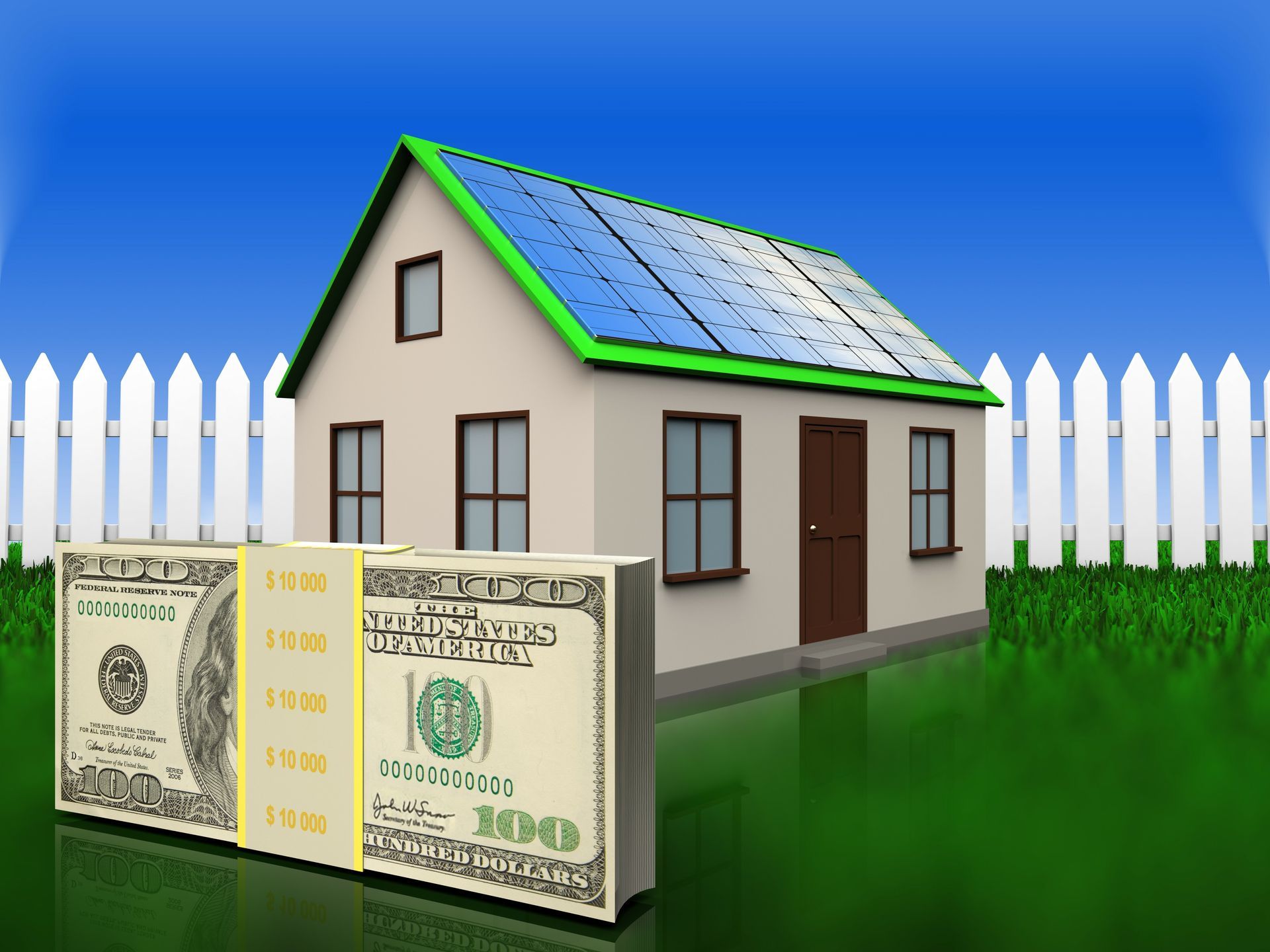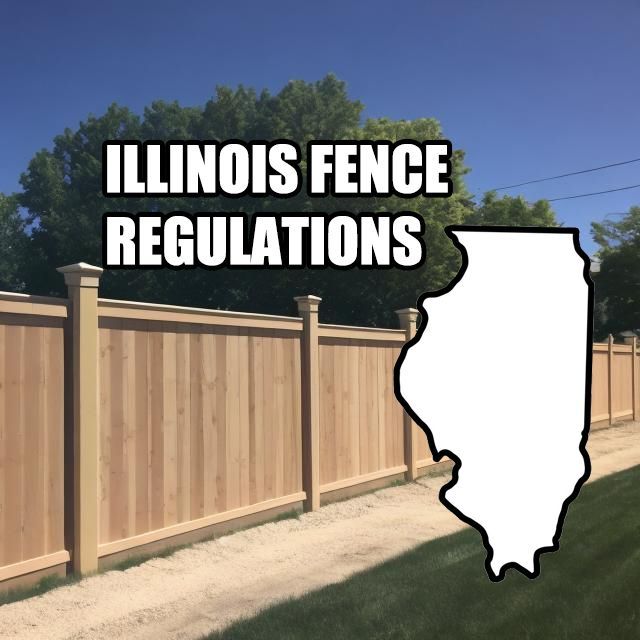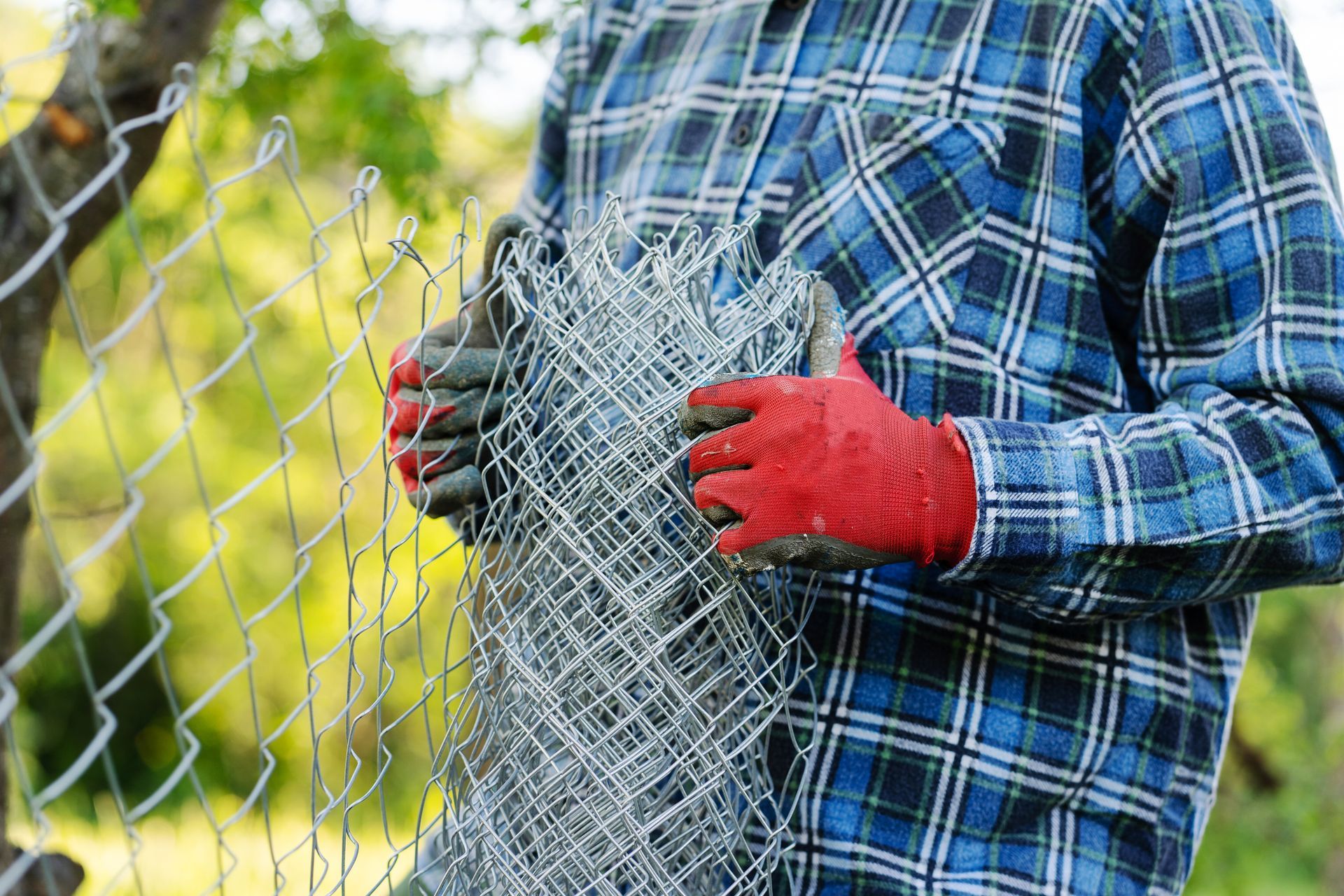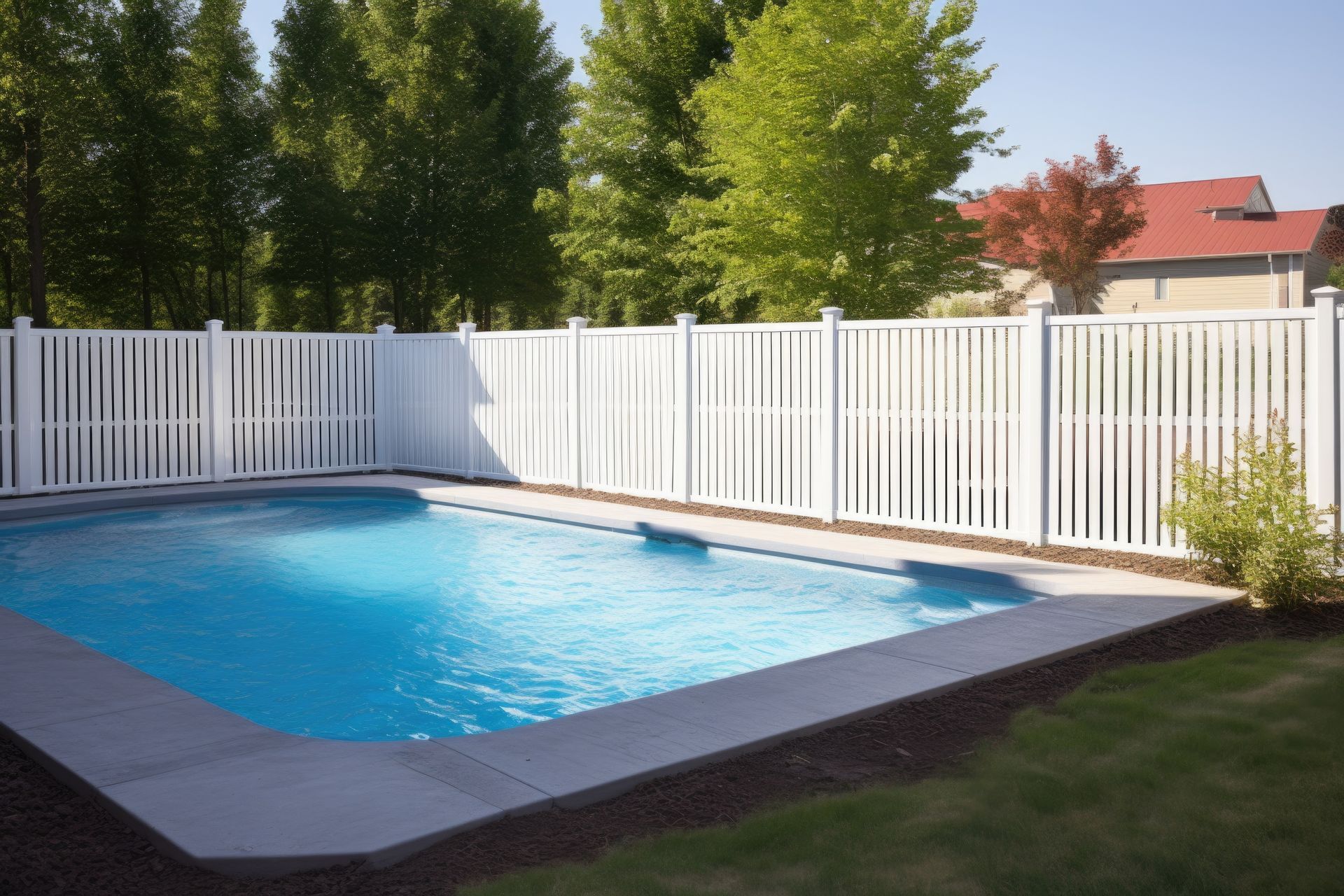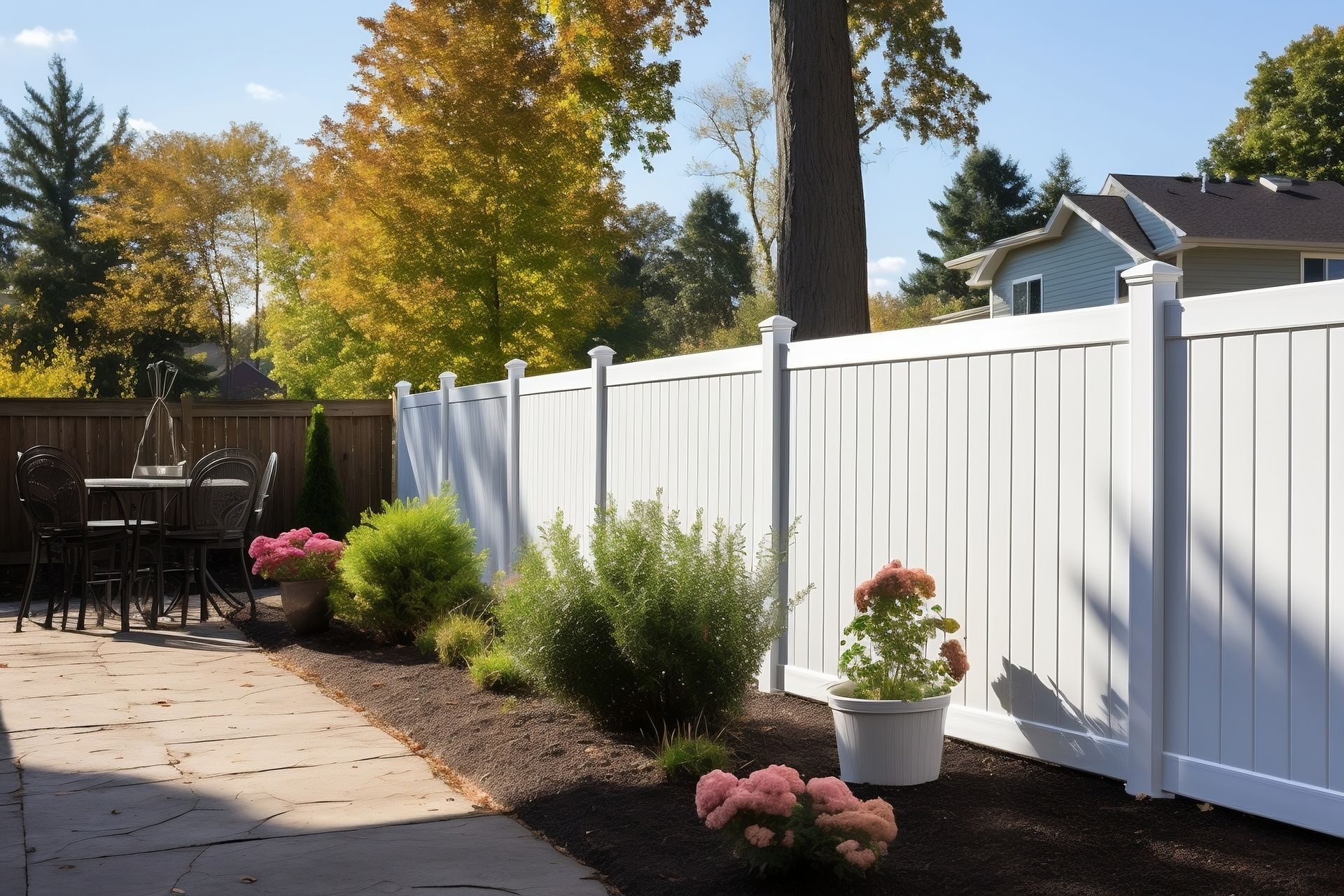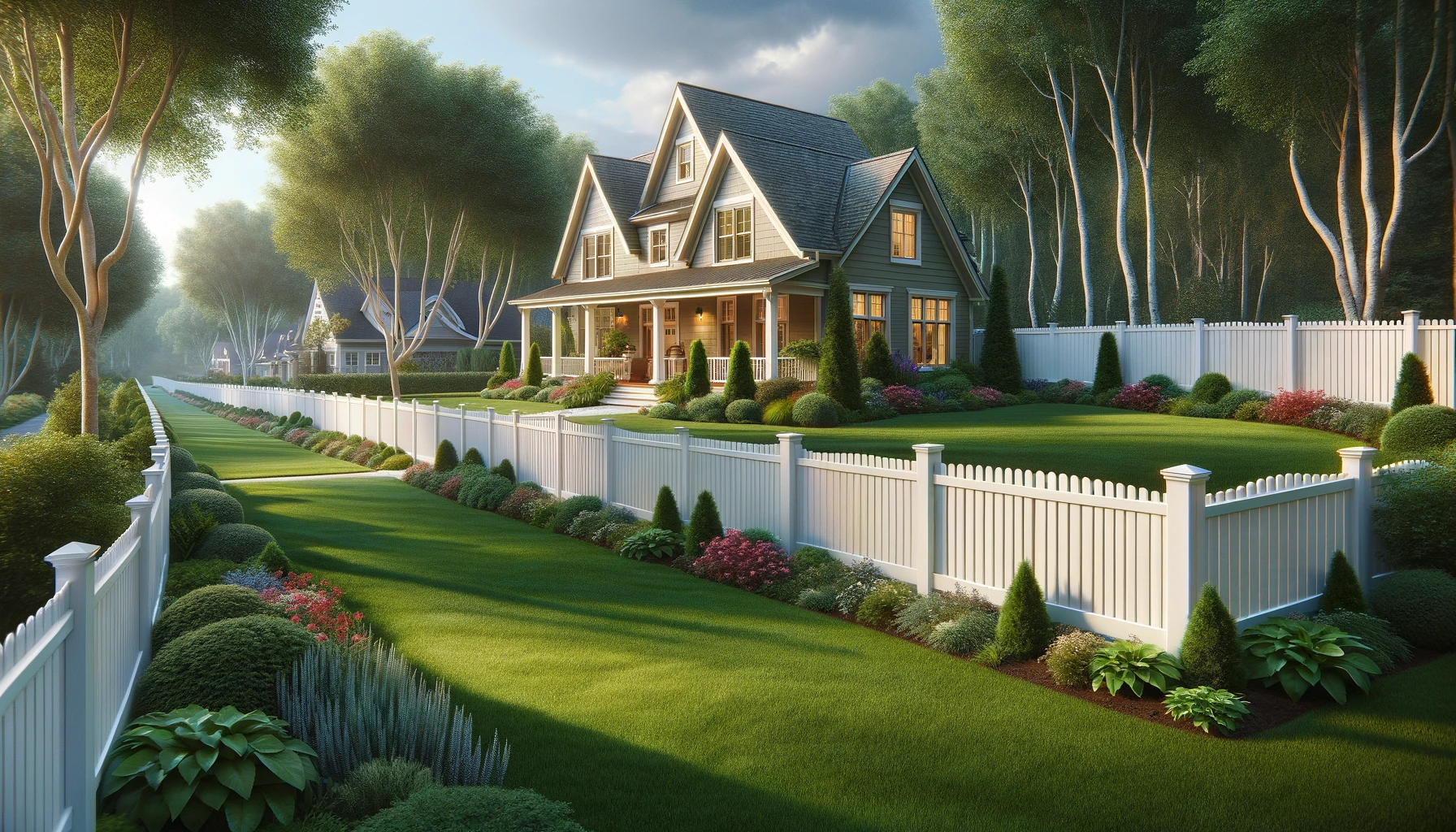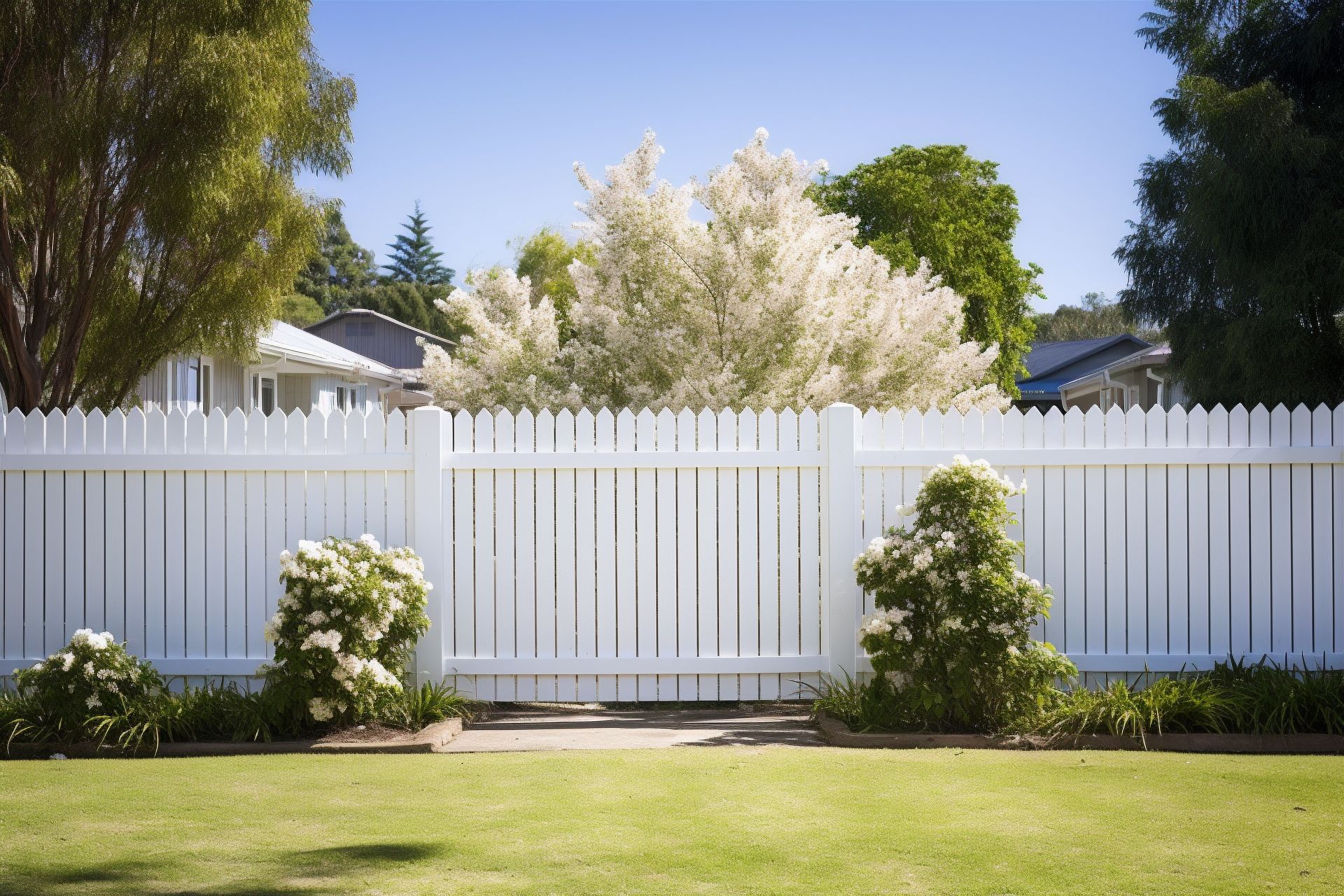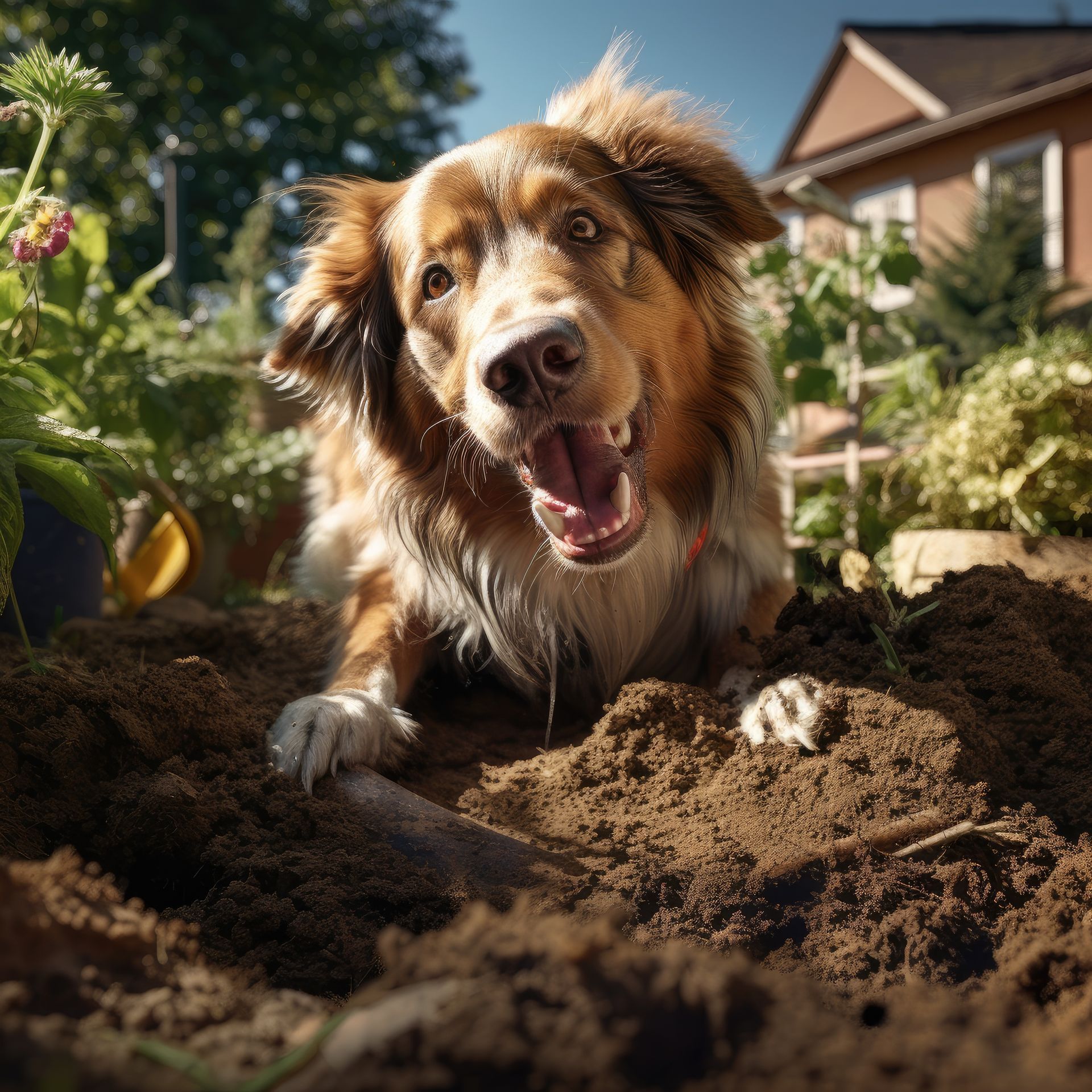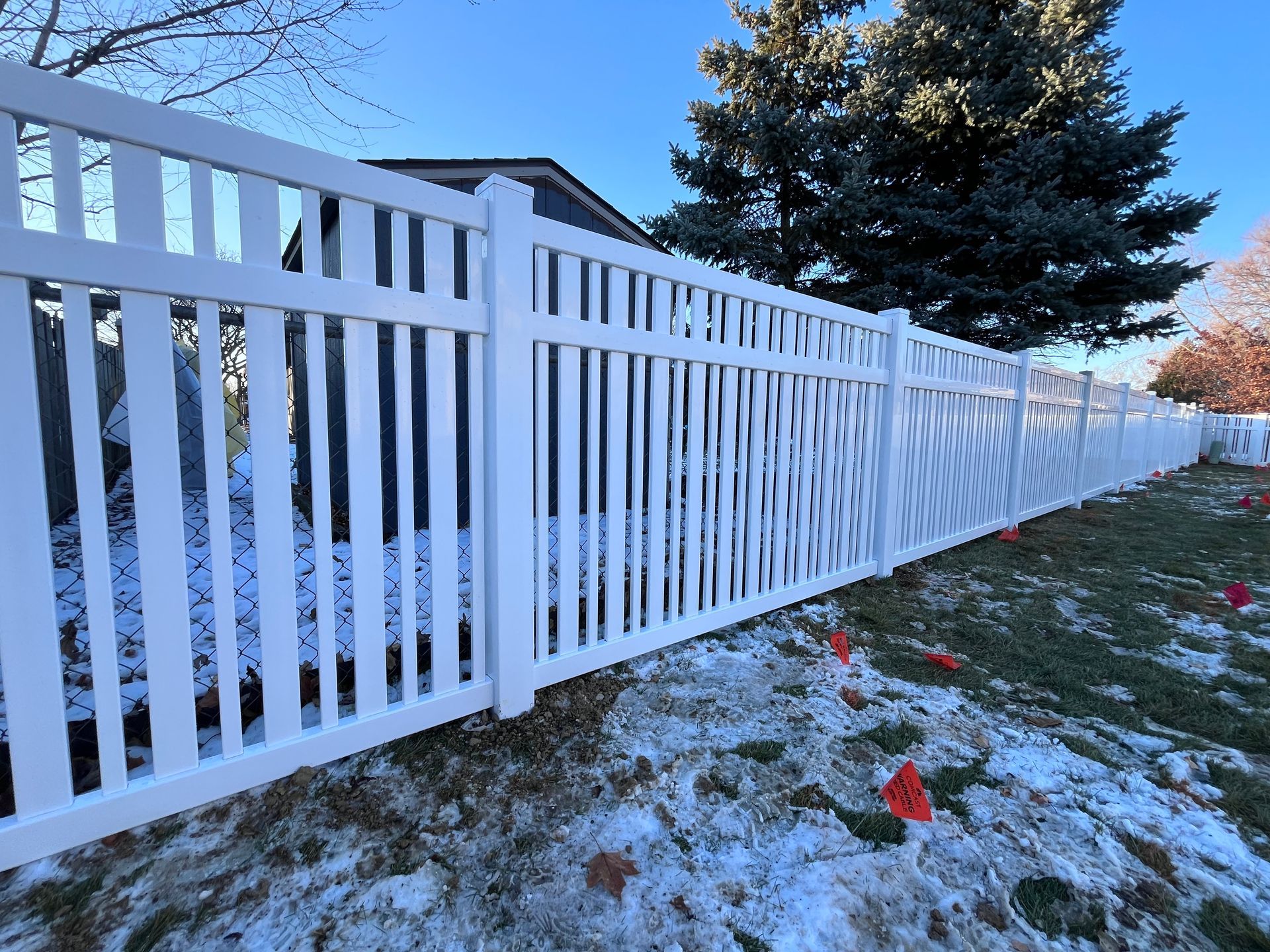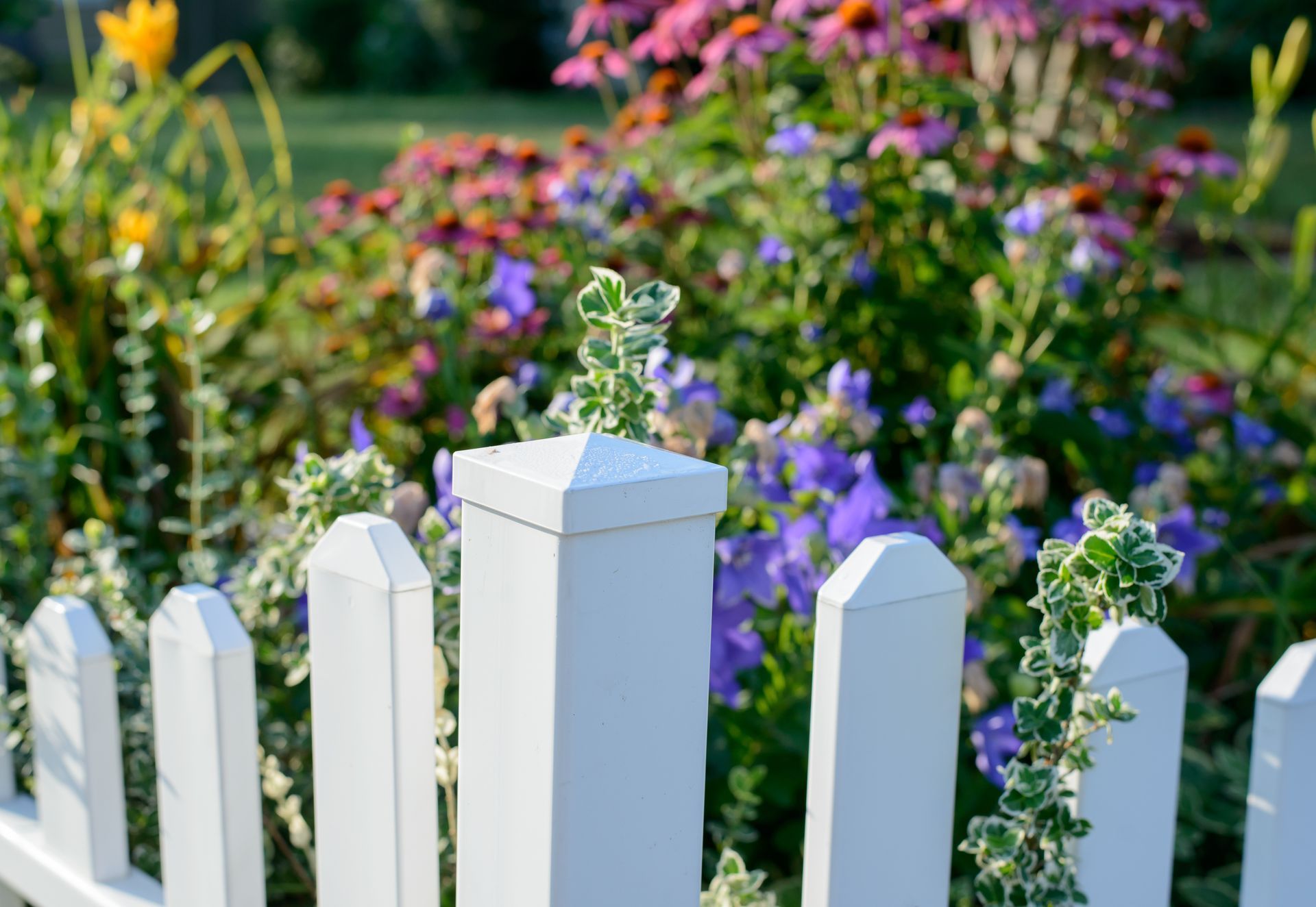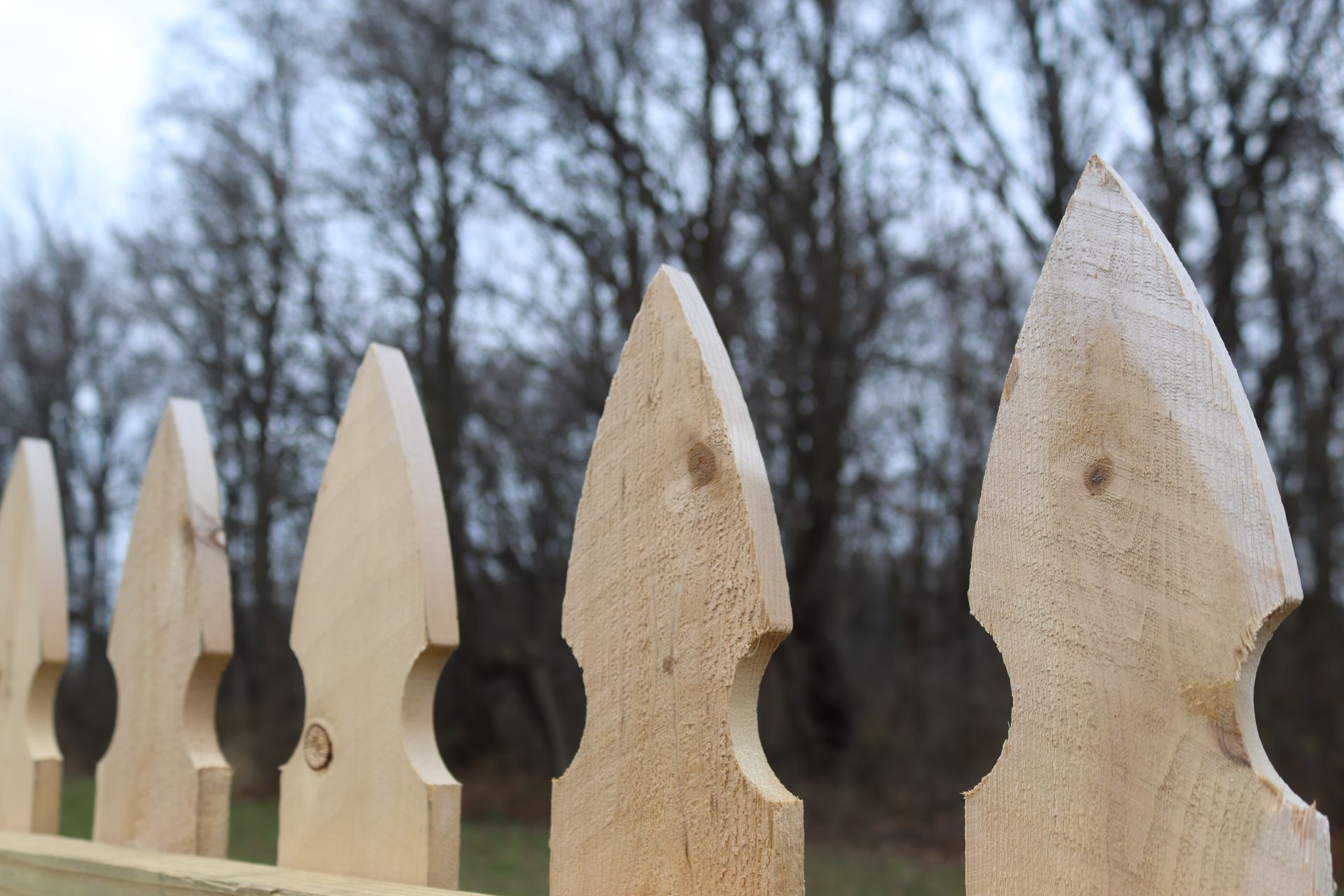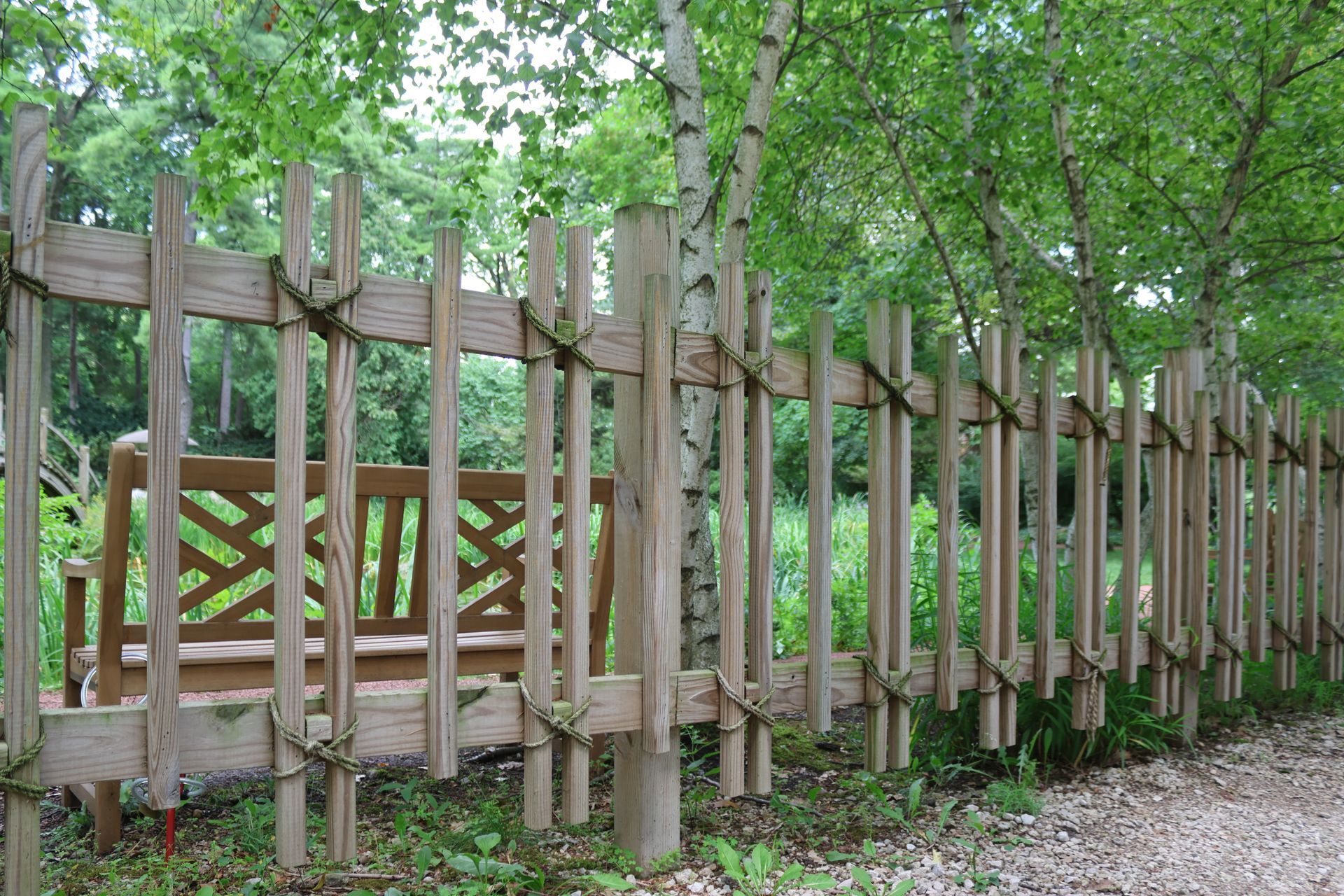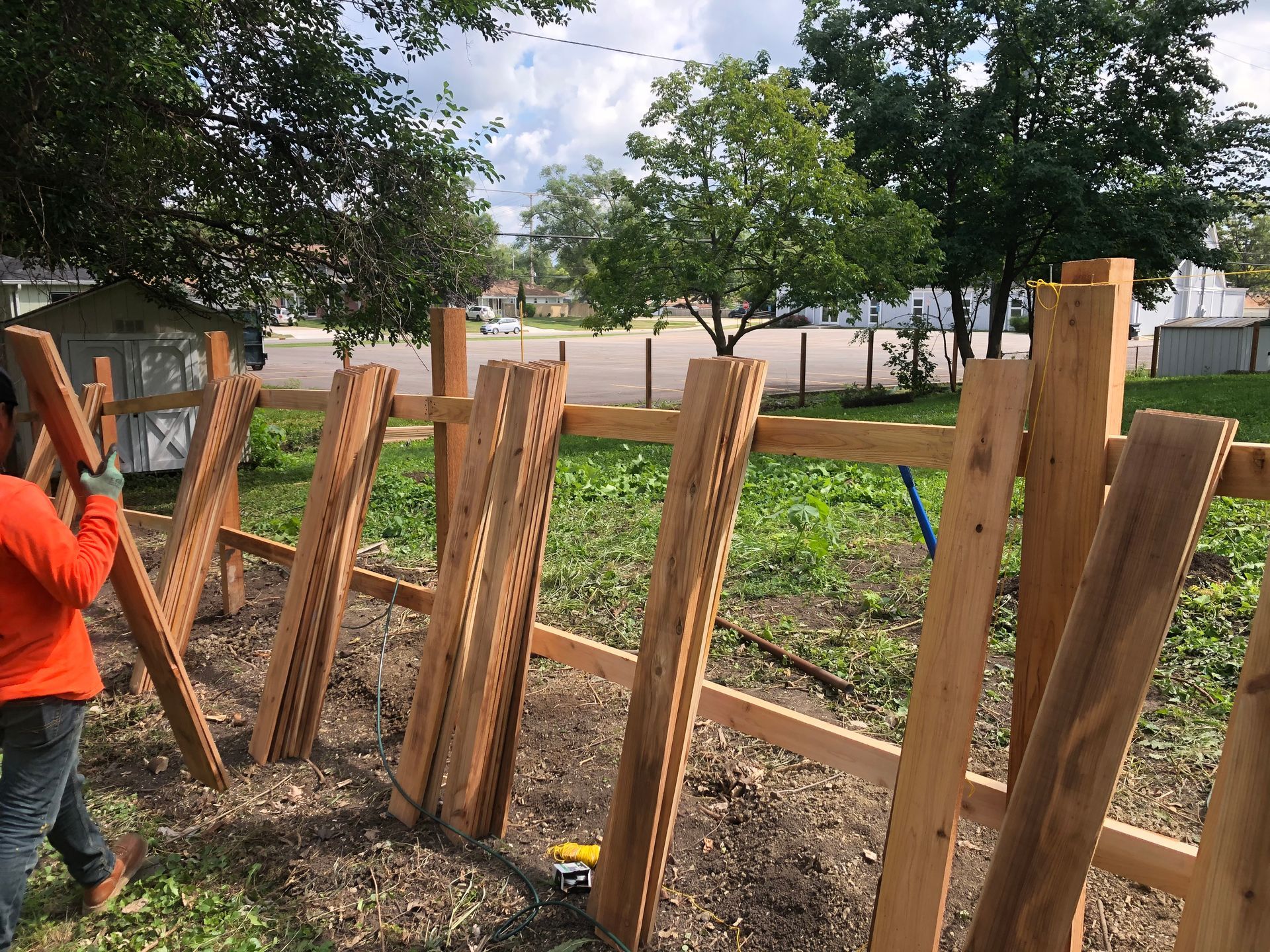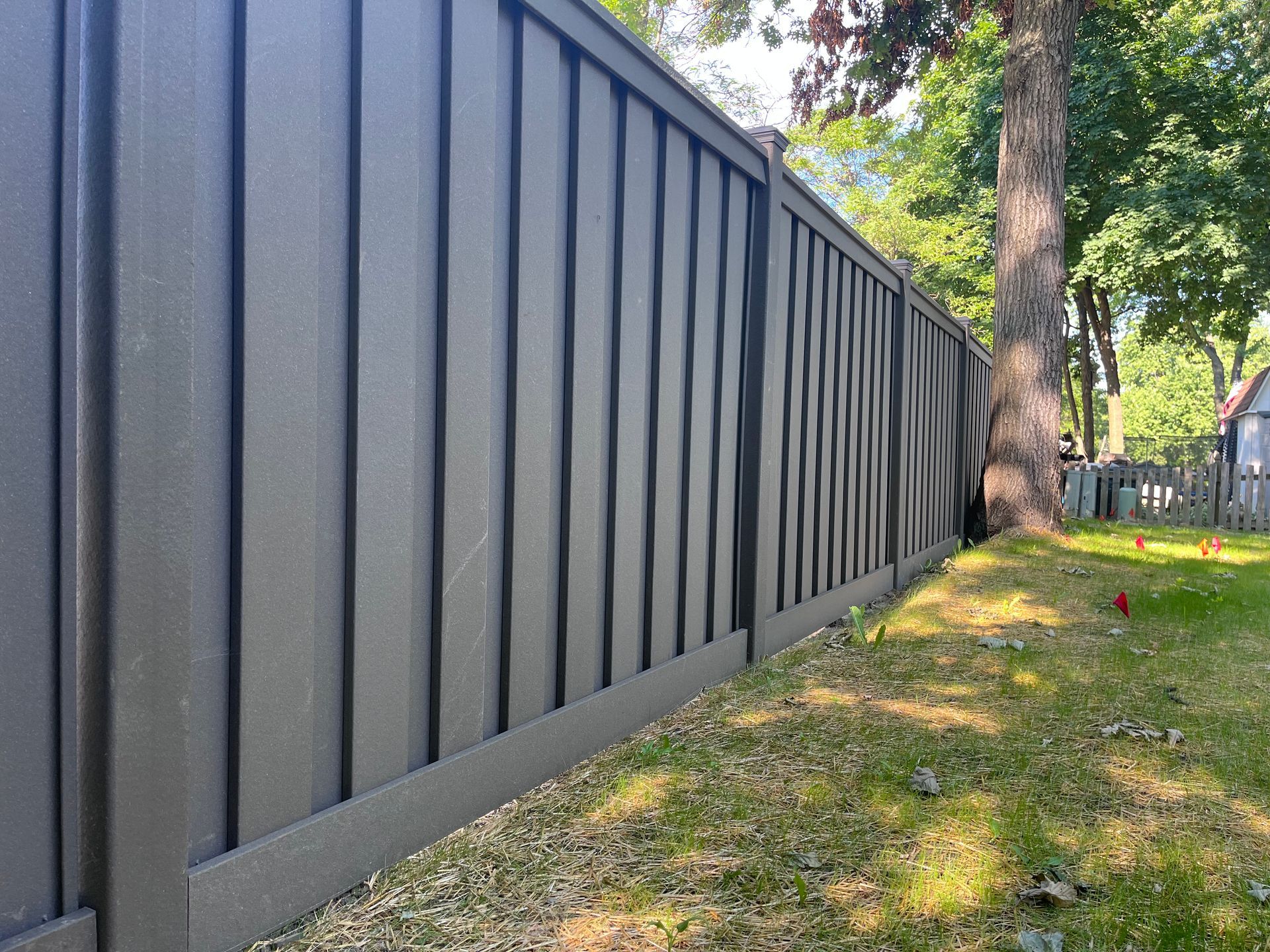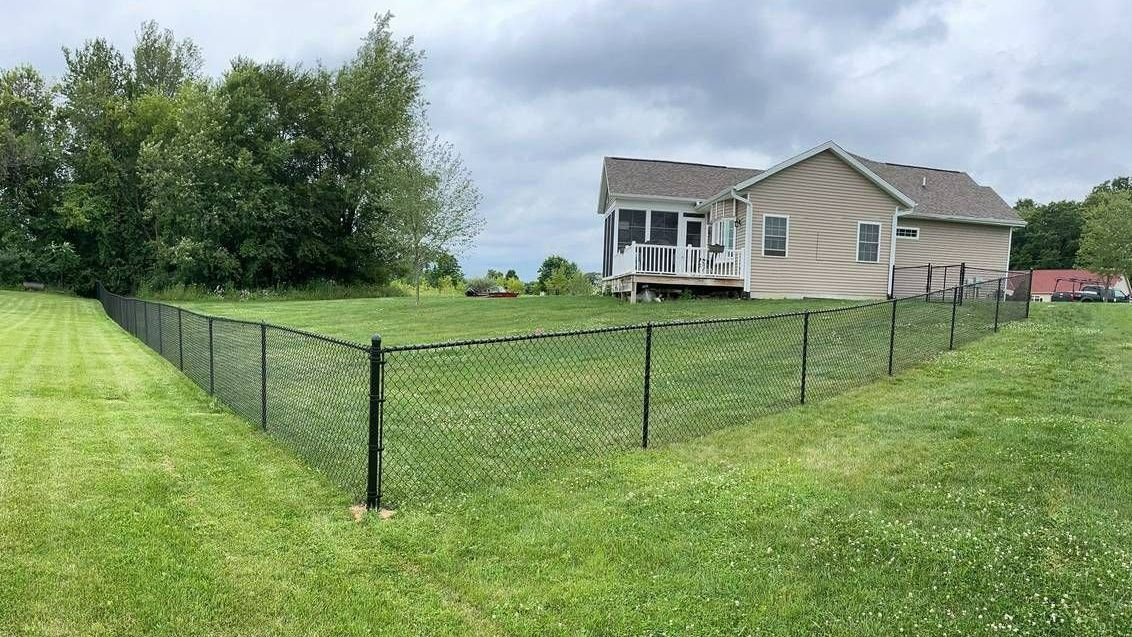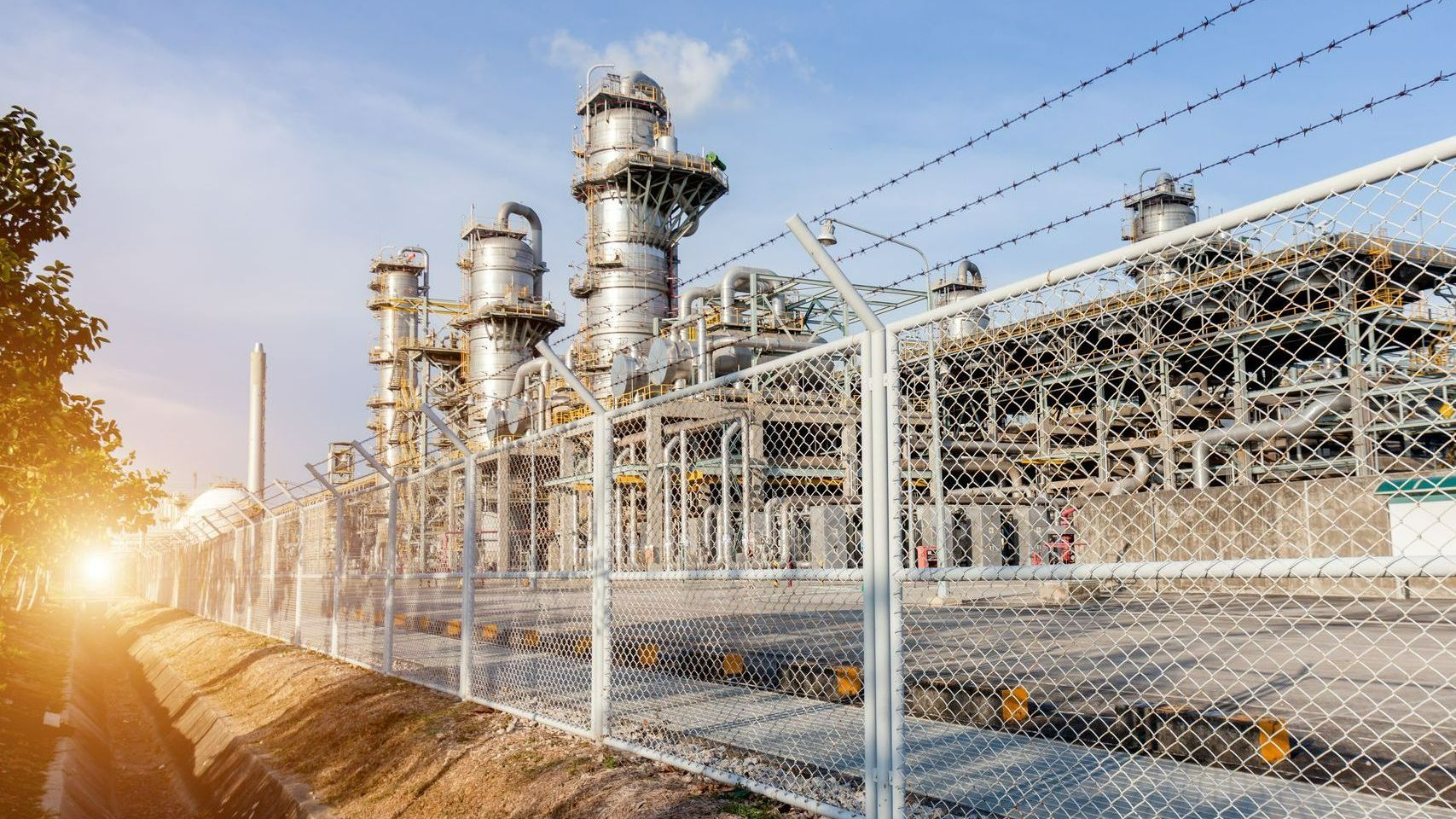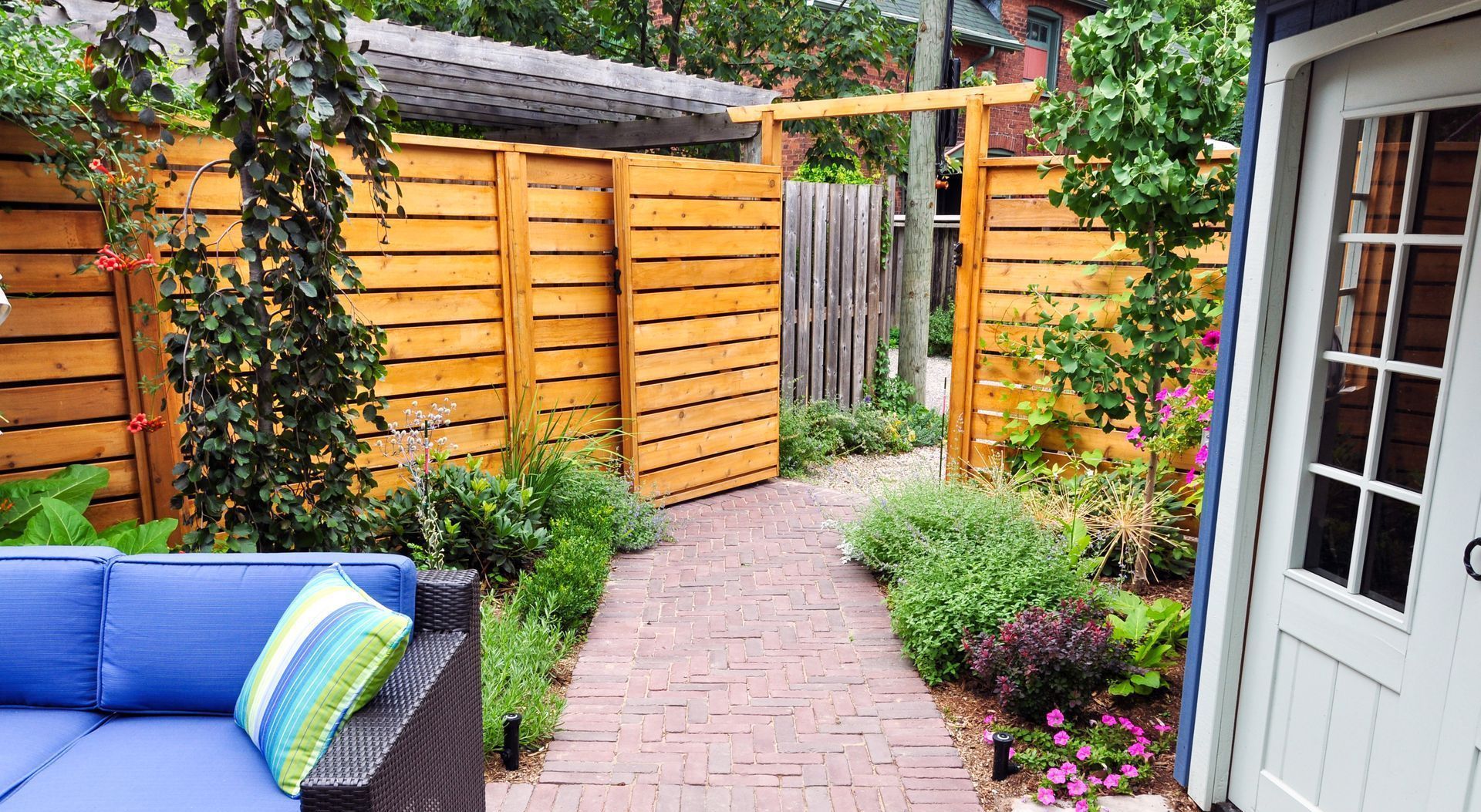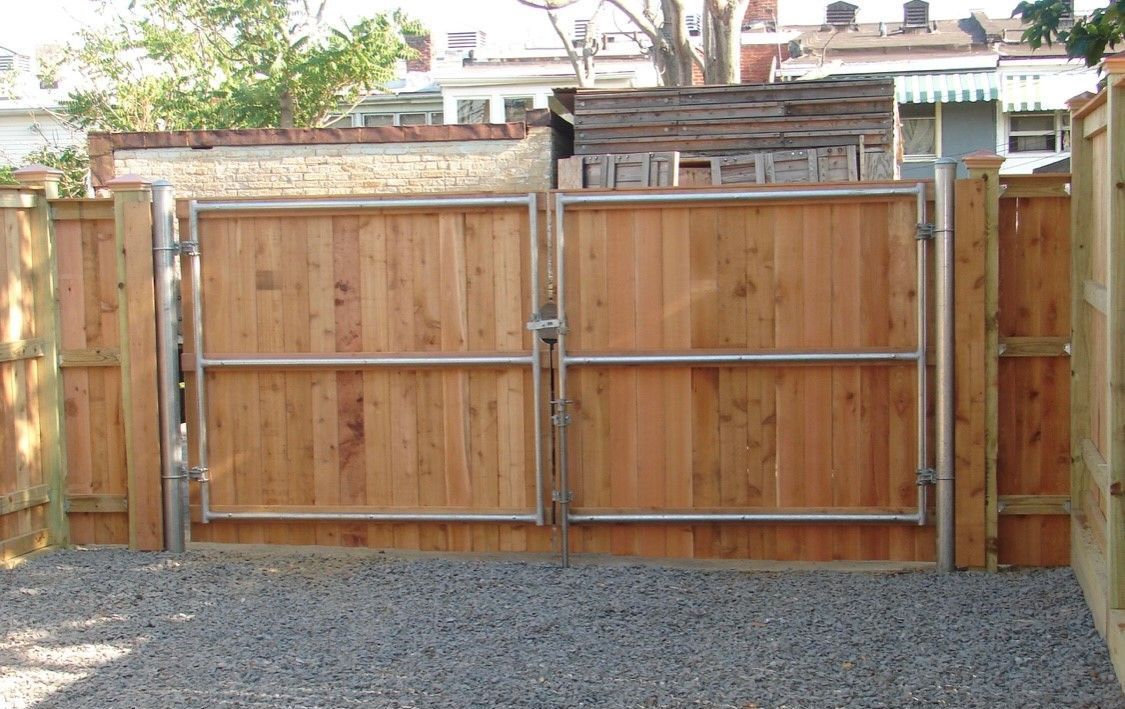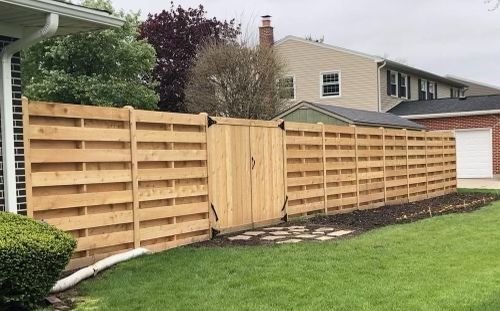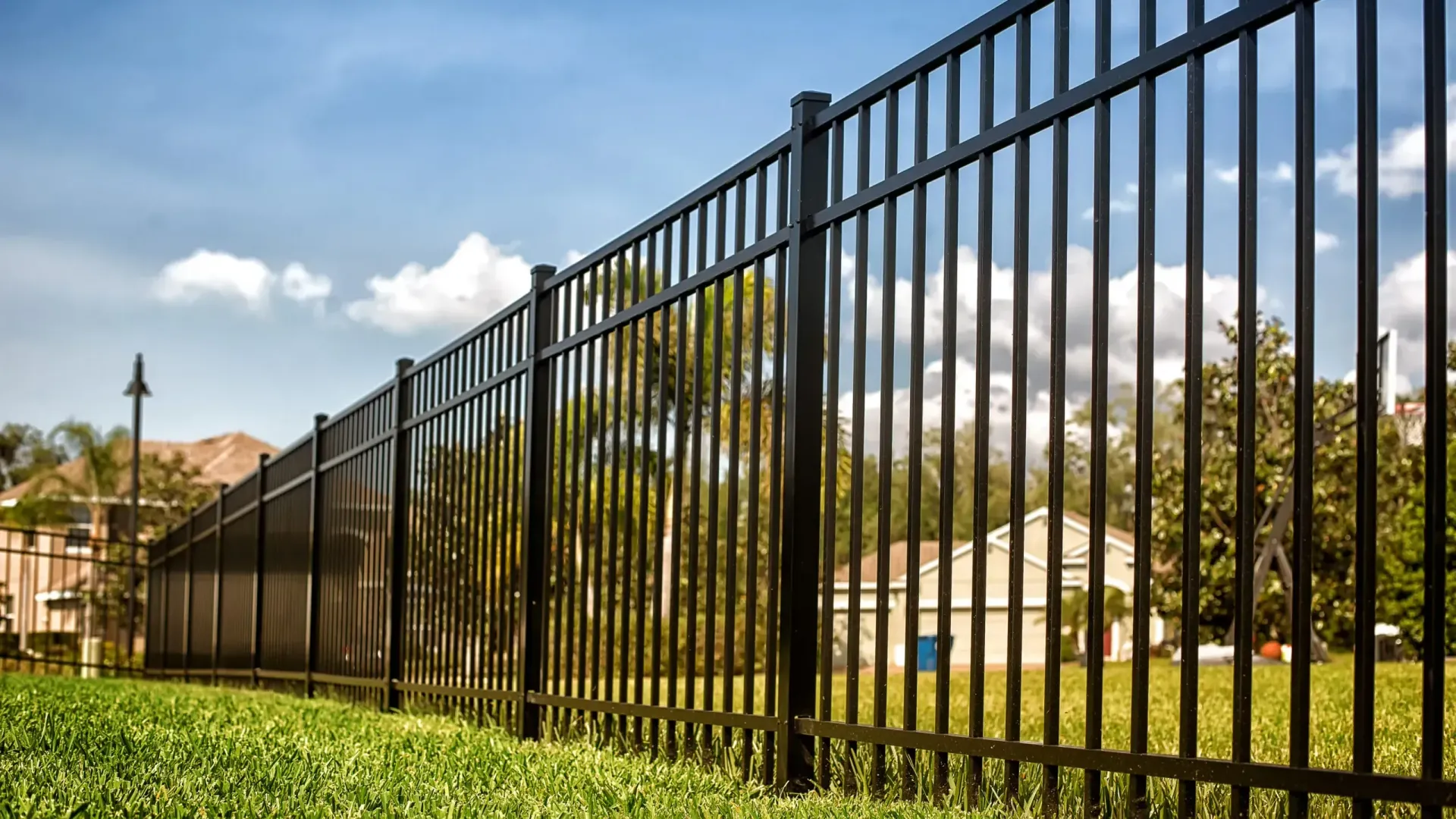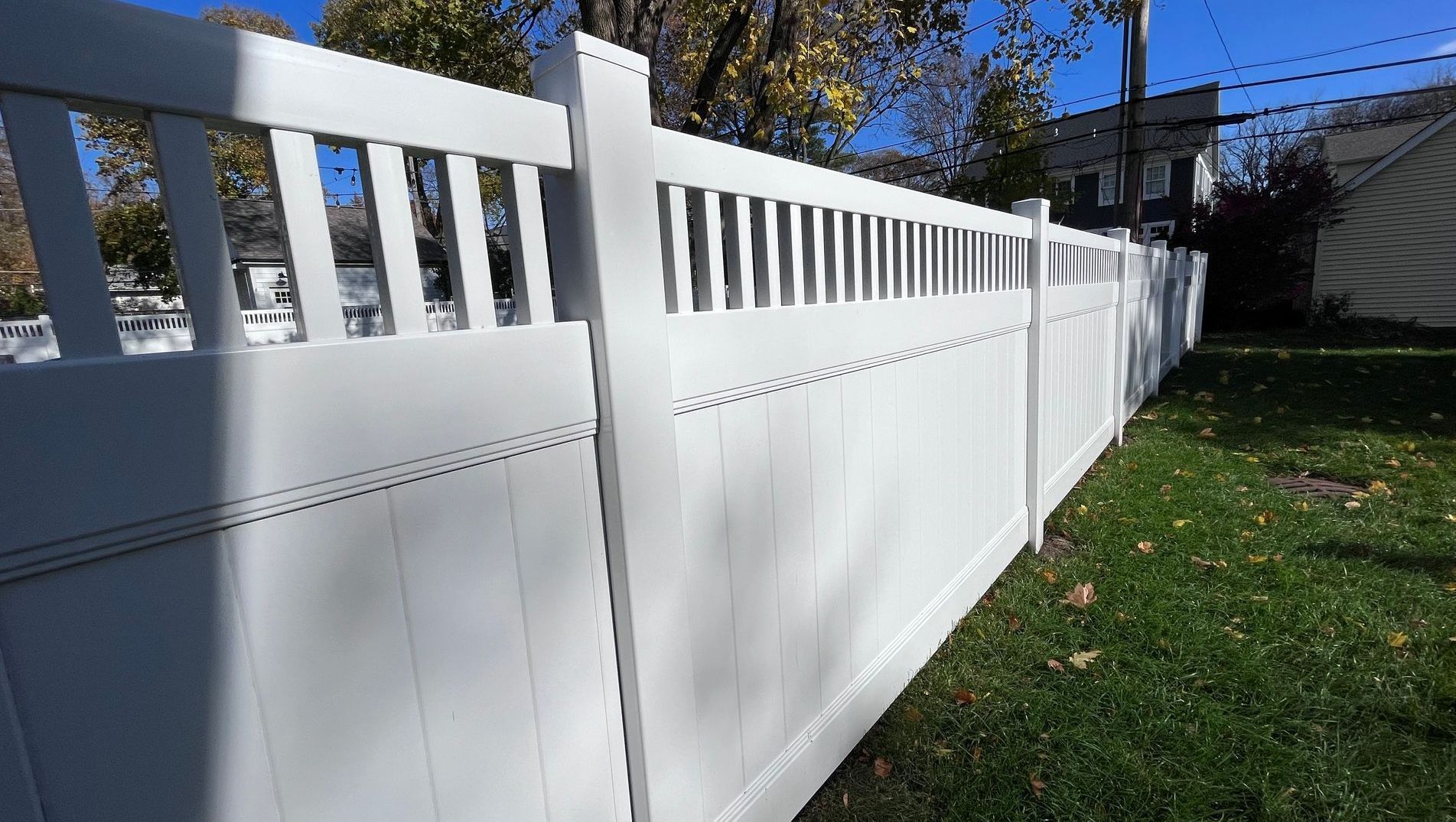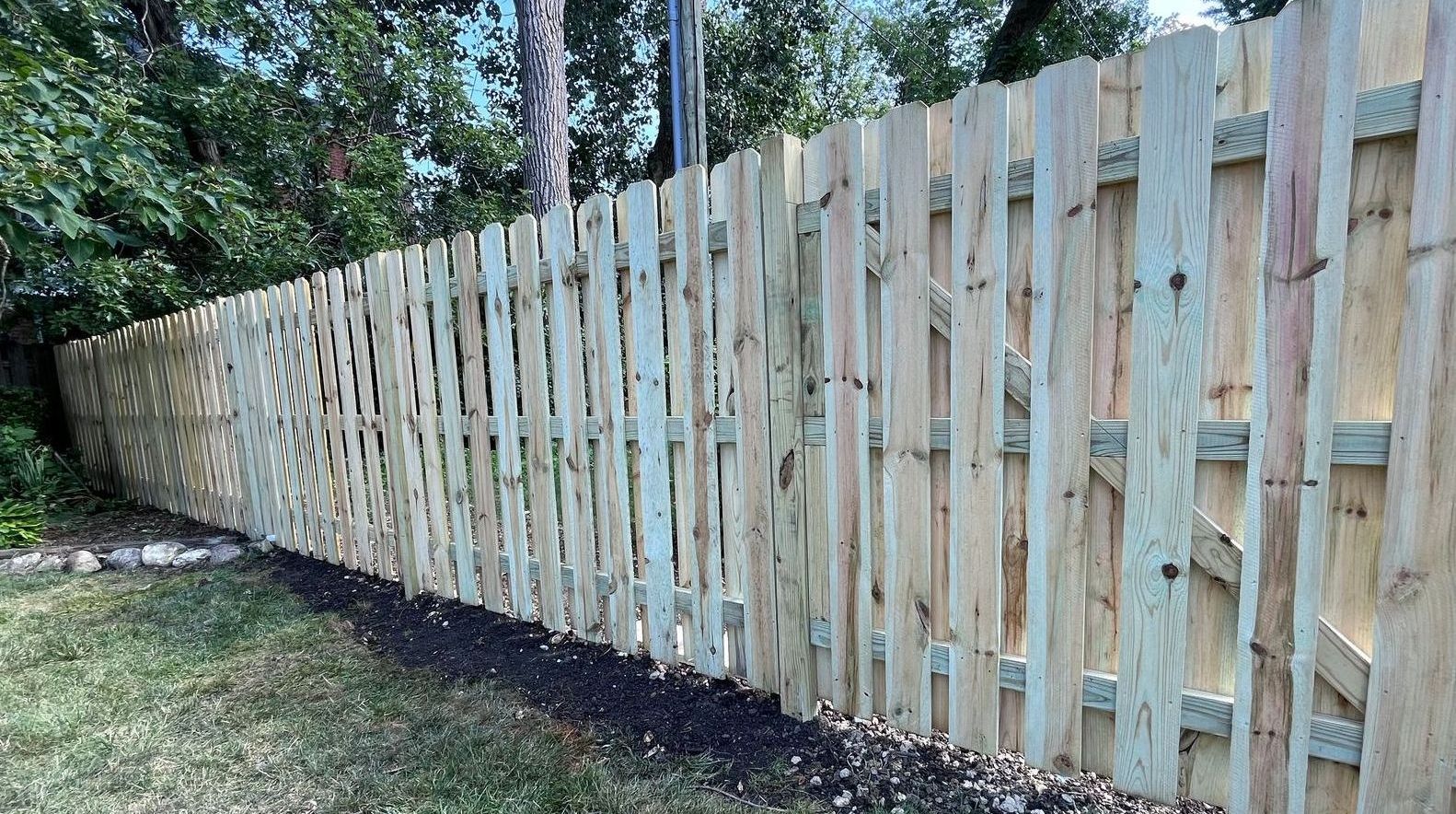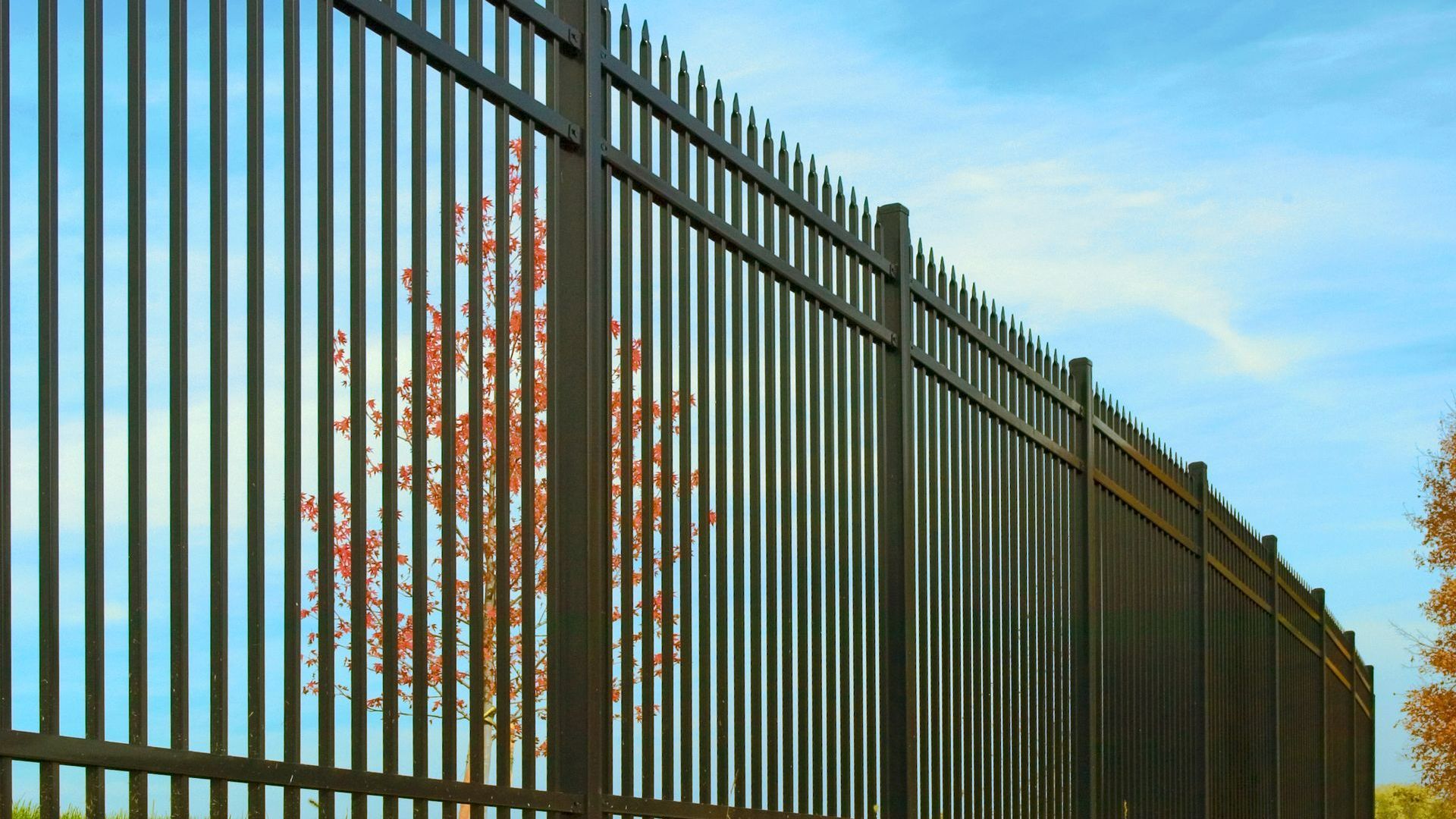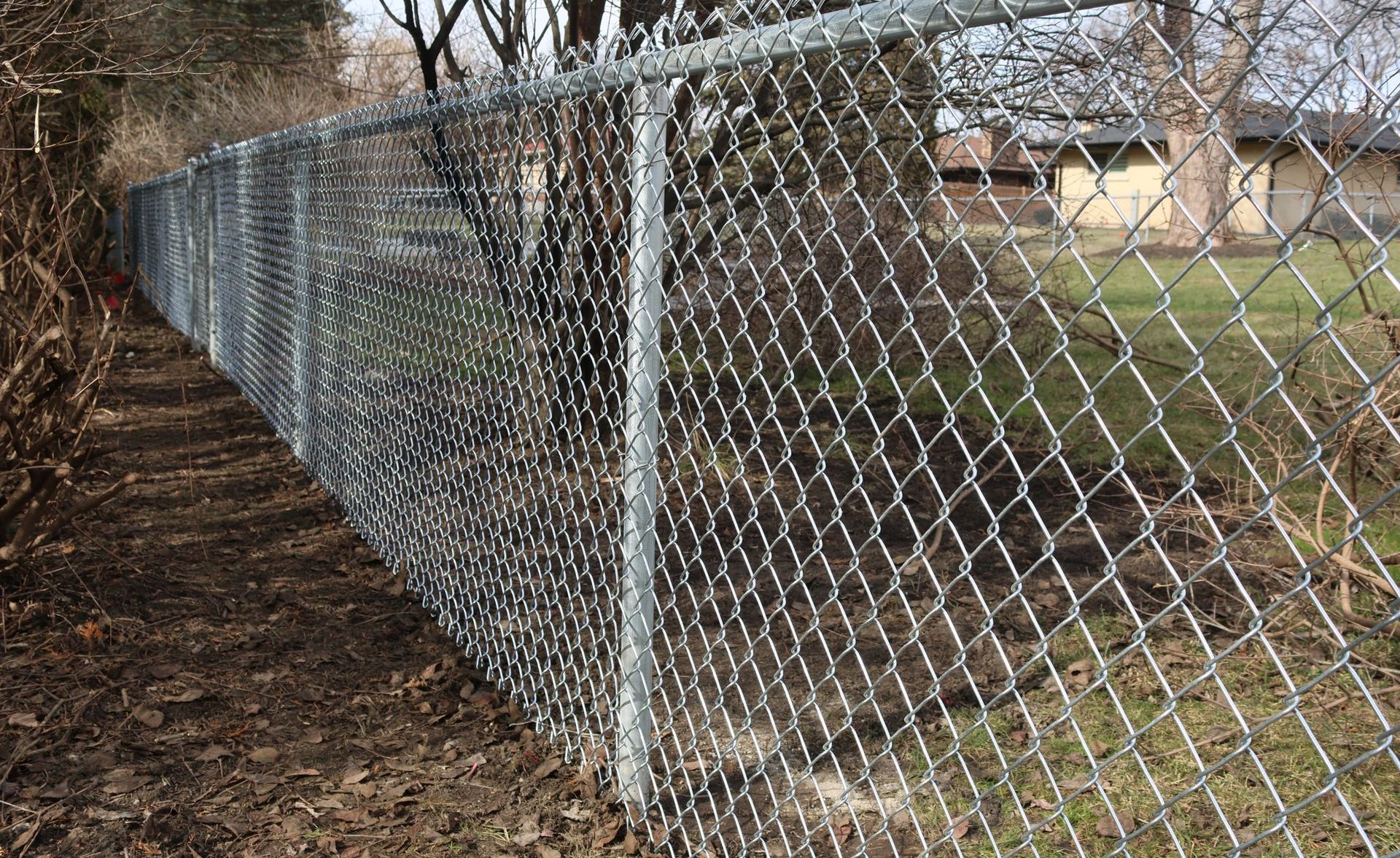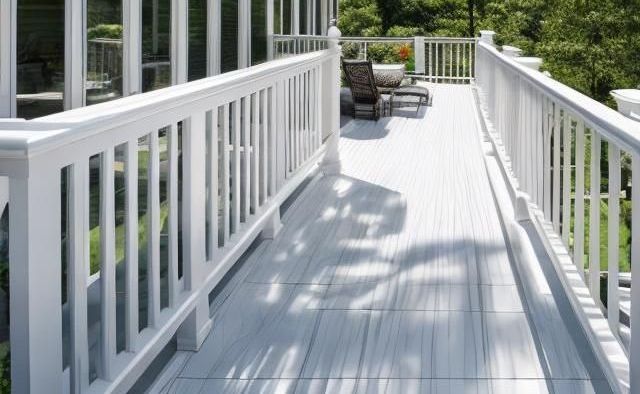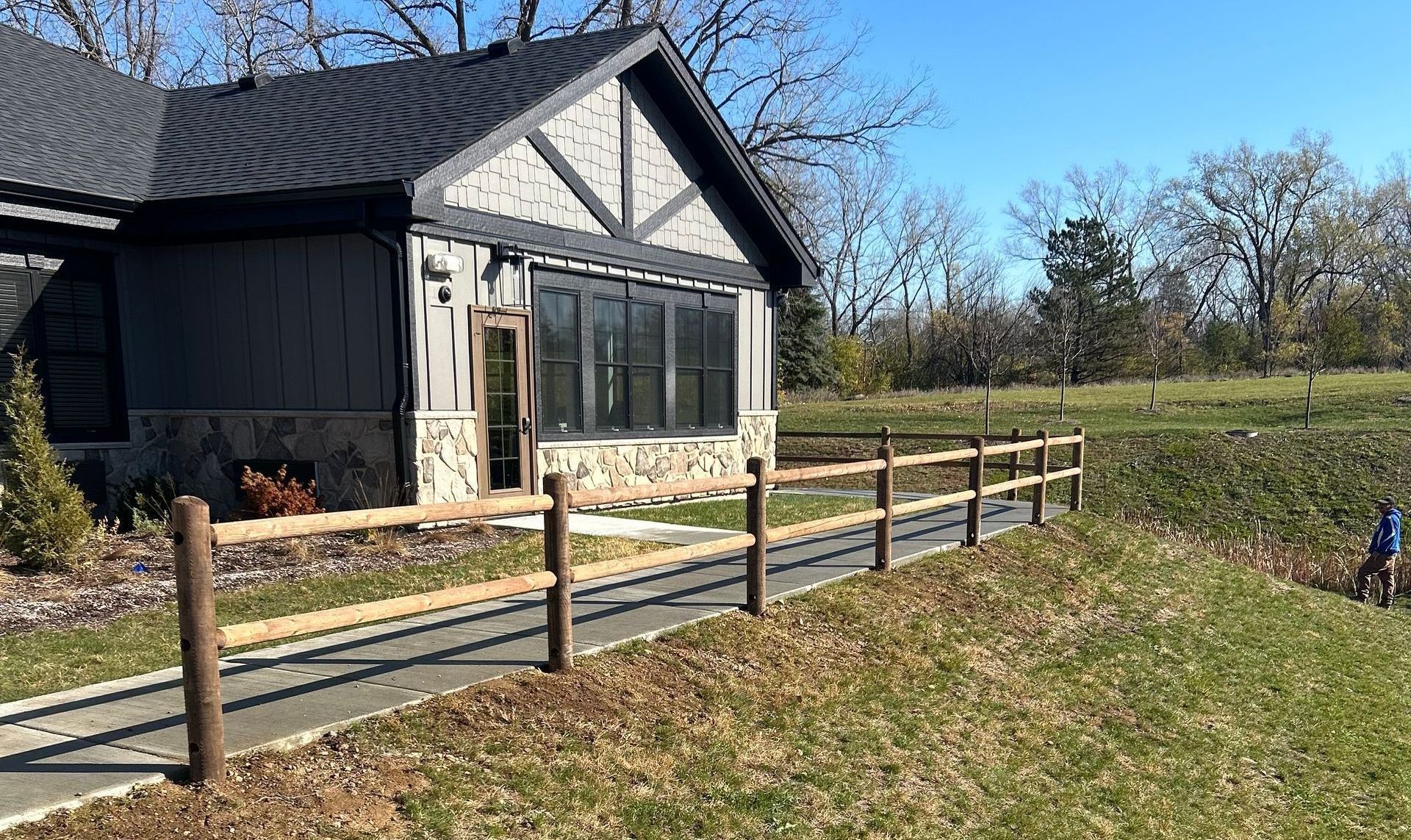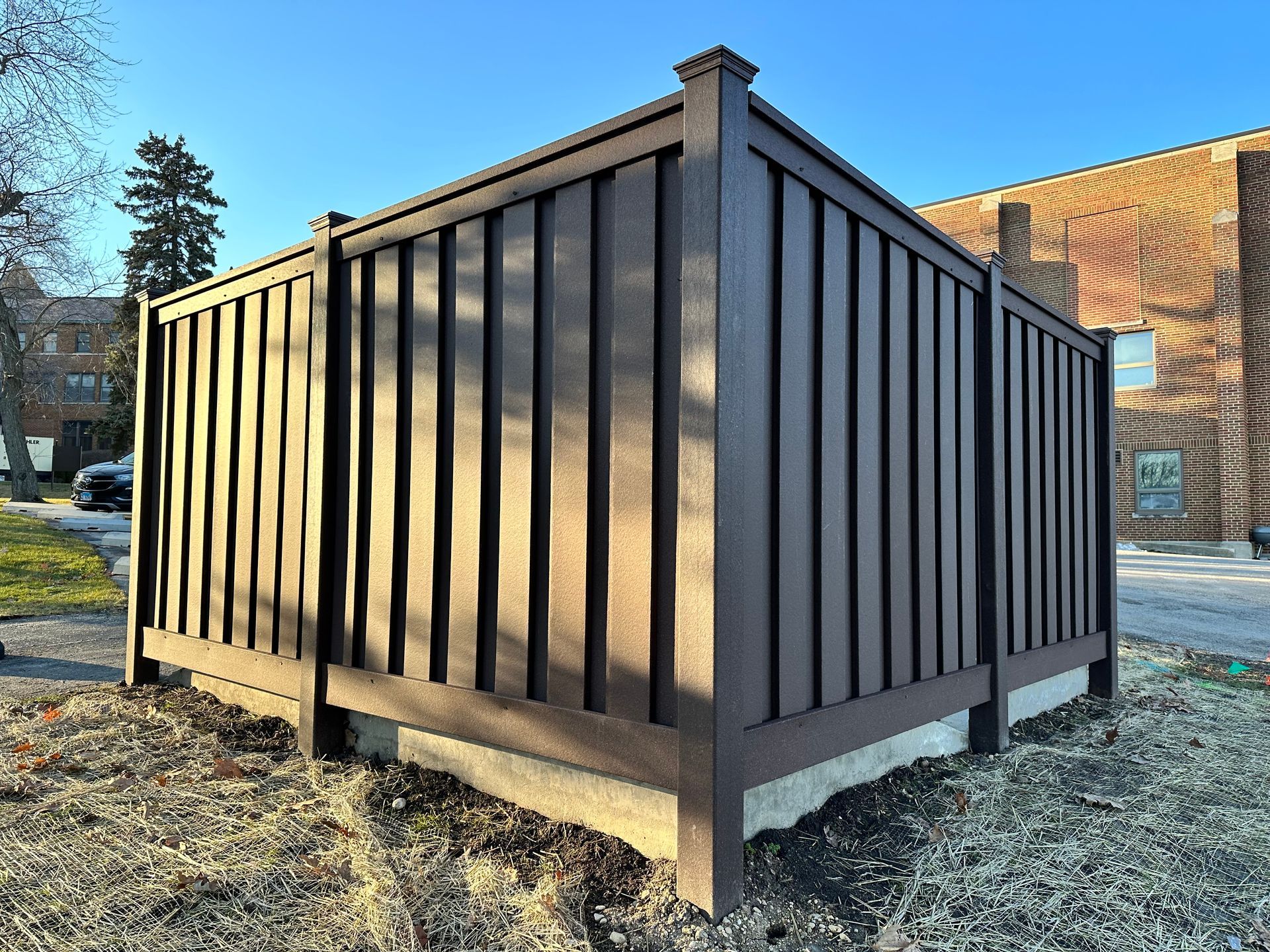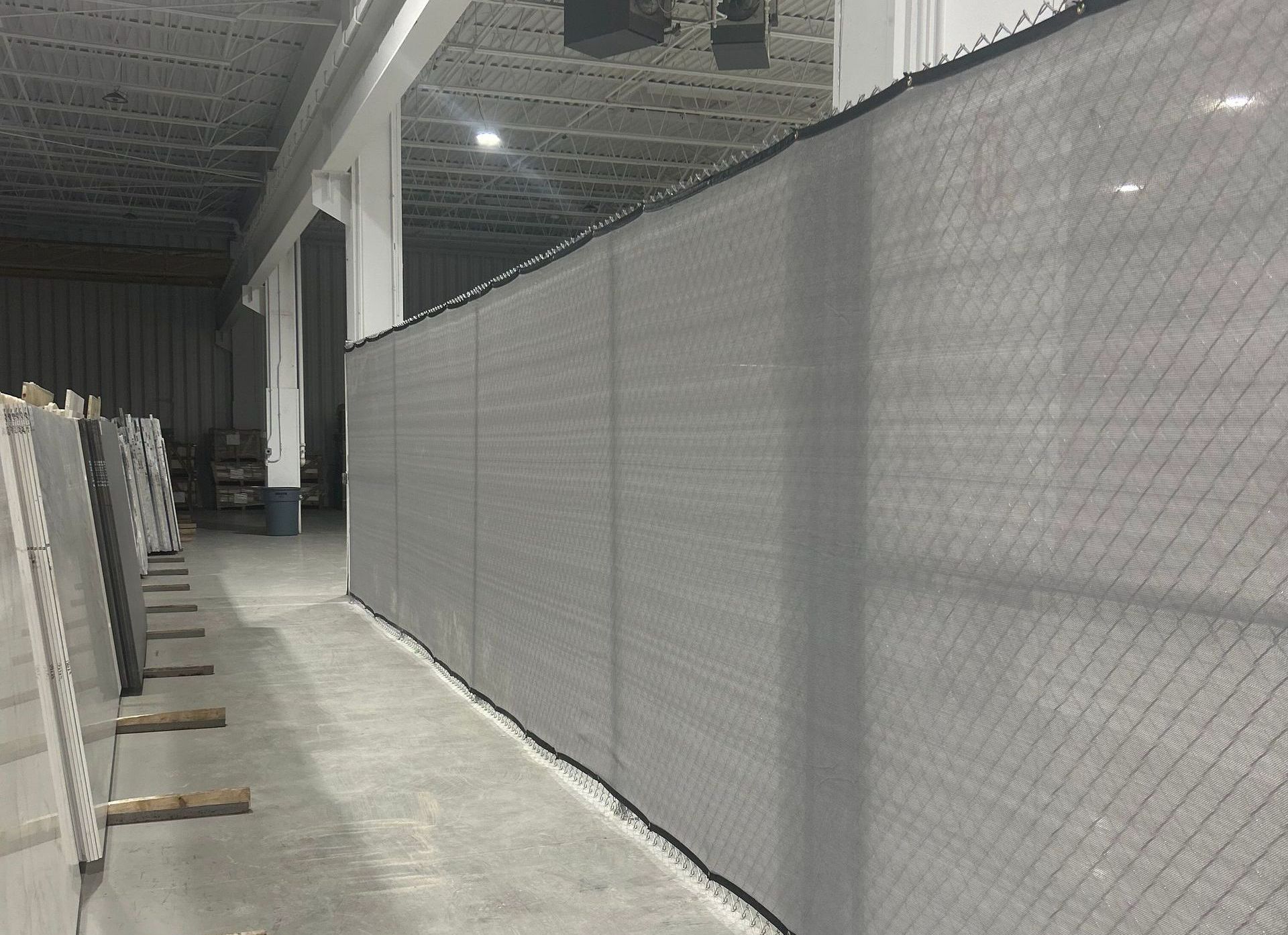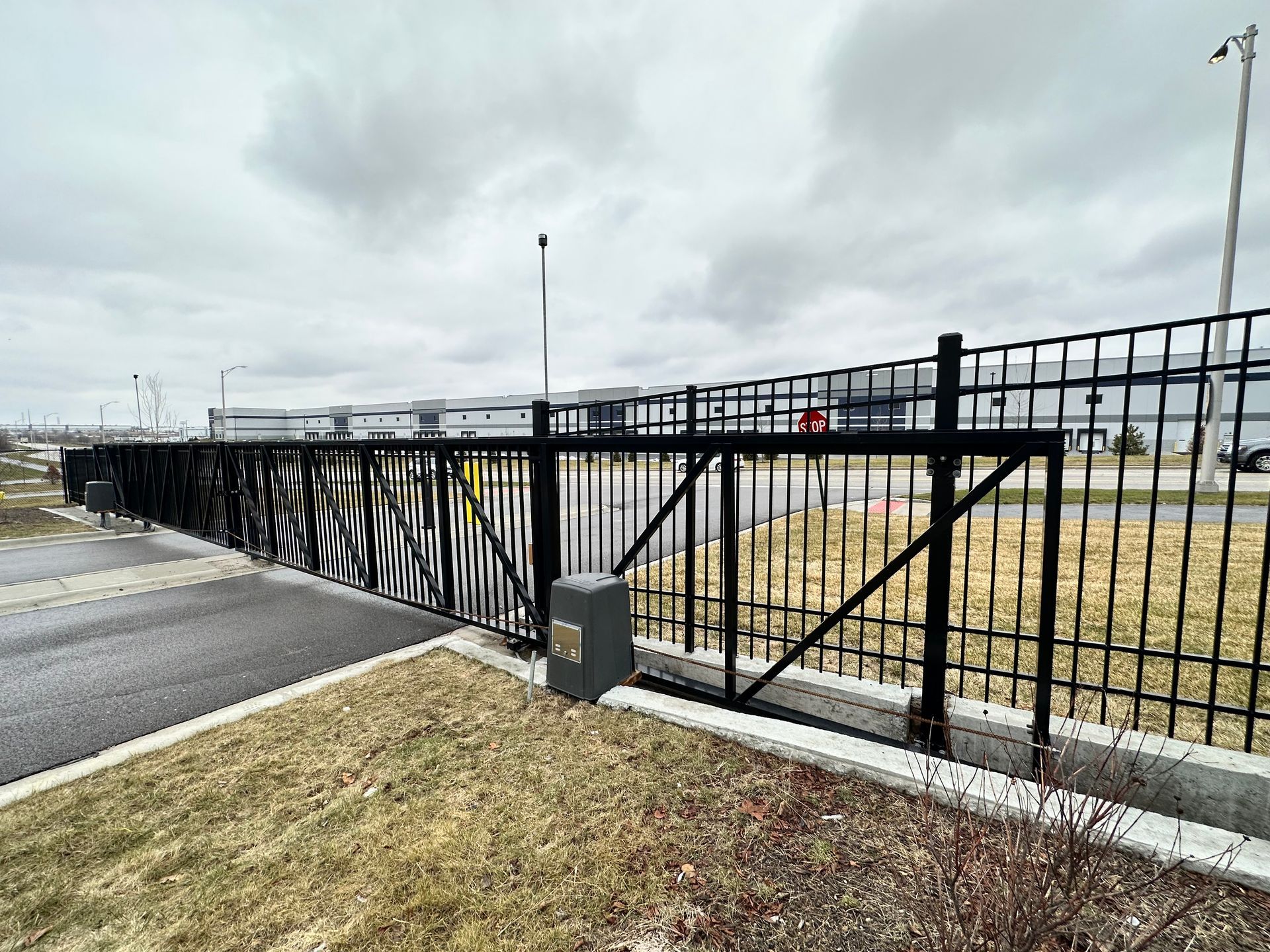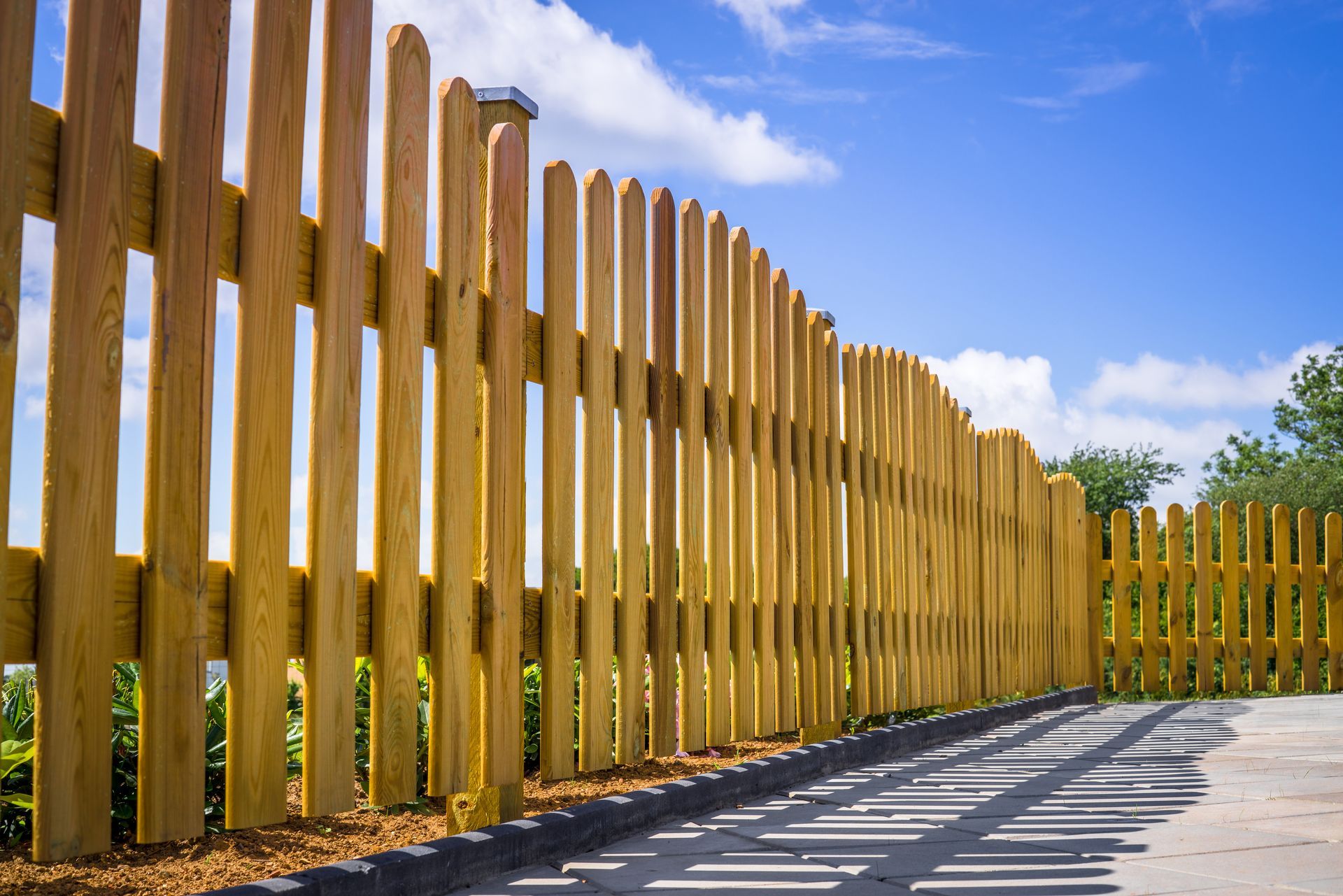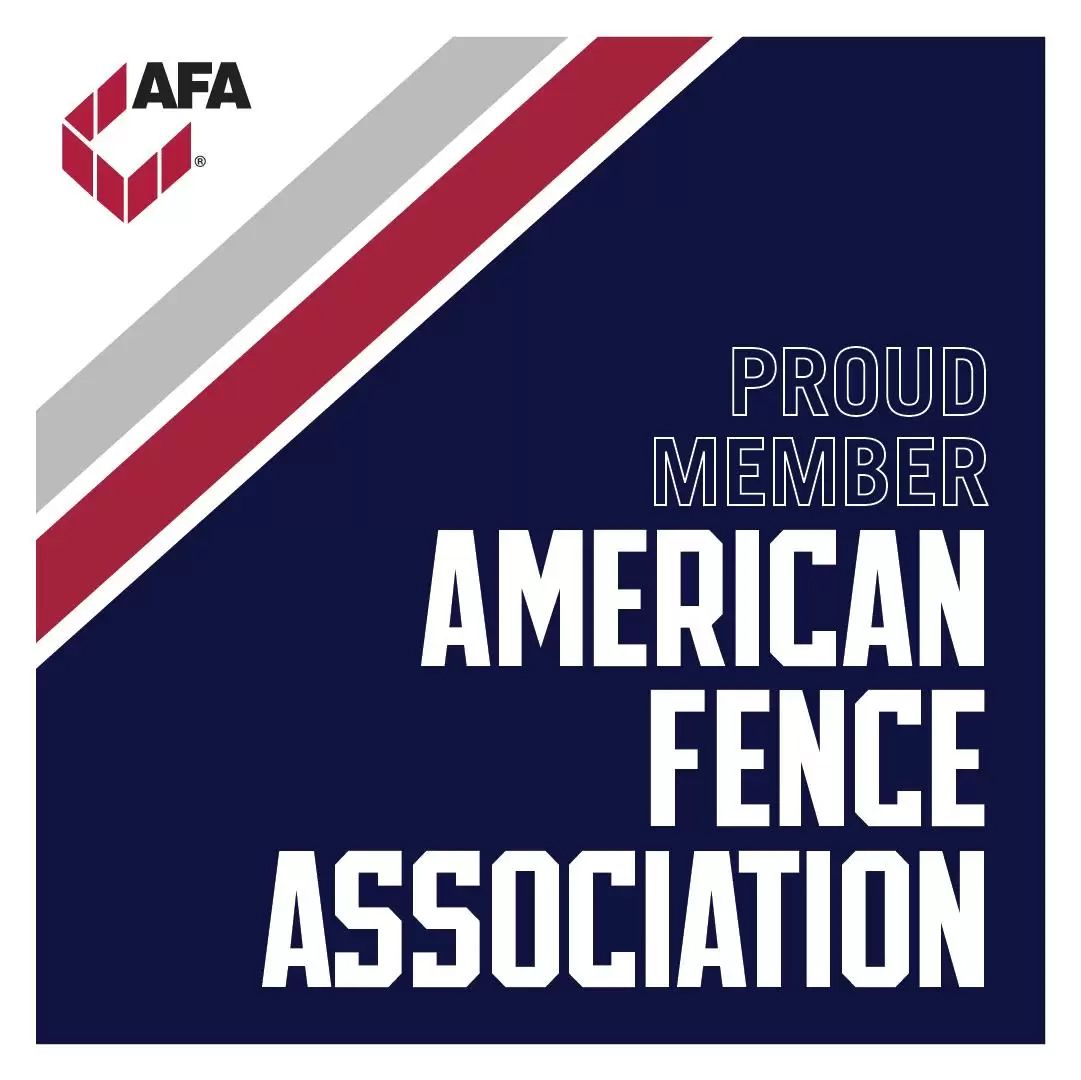Comprehensive Guide to Dog Run Fence Installation in Illinois
Ensuring Safety and Security for Your Furry Friends

Dog owners in Illinois understand the importance of providing a safe and secure outdoor space for their pets to play and exercise freely. Installing a dog run fence is a crucial step in achieving this goal, but it requires careful planning, consideration, and adherence to local regulations. In this comprehensive guide, we will delve into the various aspects of dog run fence installation in Illinois, covering everything from regulations and permits to materials, design considerations, and maintenance tips.
Understanding Dog Run Fences
What is a Dog Run Fence?
A dog run fence is a designated enclosed area within your property where your dog can safely roam and play off-leash. It provides a secure environment while preventing your pet from wandering off or encountering potential hazards.
Benefits of Dog Run Fences:
- Safety: Prevents dogs from escaping or wandering into unsafe areas.
- Exercise: Provides ample space for dogs to run, play, and exercise.
- Behavior Management: Helps manage behavior issues such as digging or excessive barking.
- Convenience: Offers a designated space for potty breaks and outdoor activities.
- Peace of Mind: Allows owners to relax knowing their pets are secure and supervised.
Types of Dog Run Fences:
- Chain-link: Affordable, durable, and customizable. Provides visibility but may not offer much privacy.
- Wood: Offers natural beauty and privacy. Can be customized to match your property's aesthetics.
- Vinyl: Low-maintenance and durable. Resistant to rot, rust, and fading.
- Aluminum: Low maintenance and decorative.
- Composite: Long lasting and provides privacy.
- Welded Wire: Provides strength and security. Ideal for larger dogs or areas with wildlife.
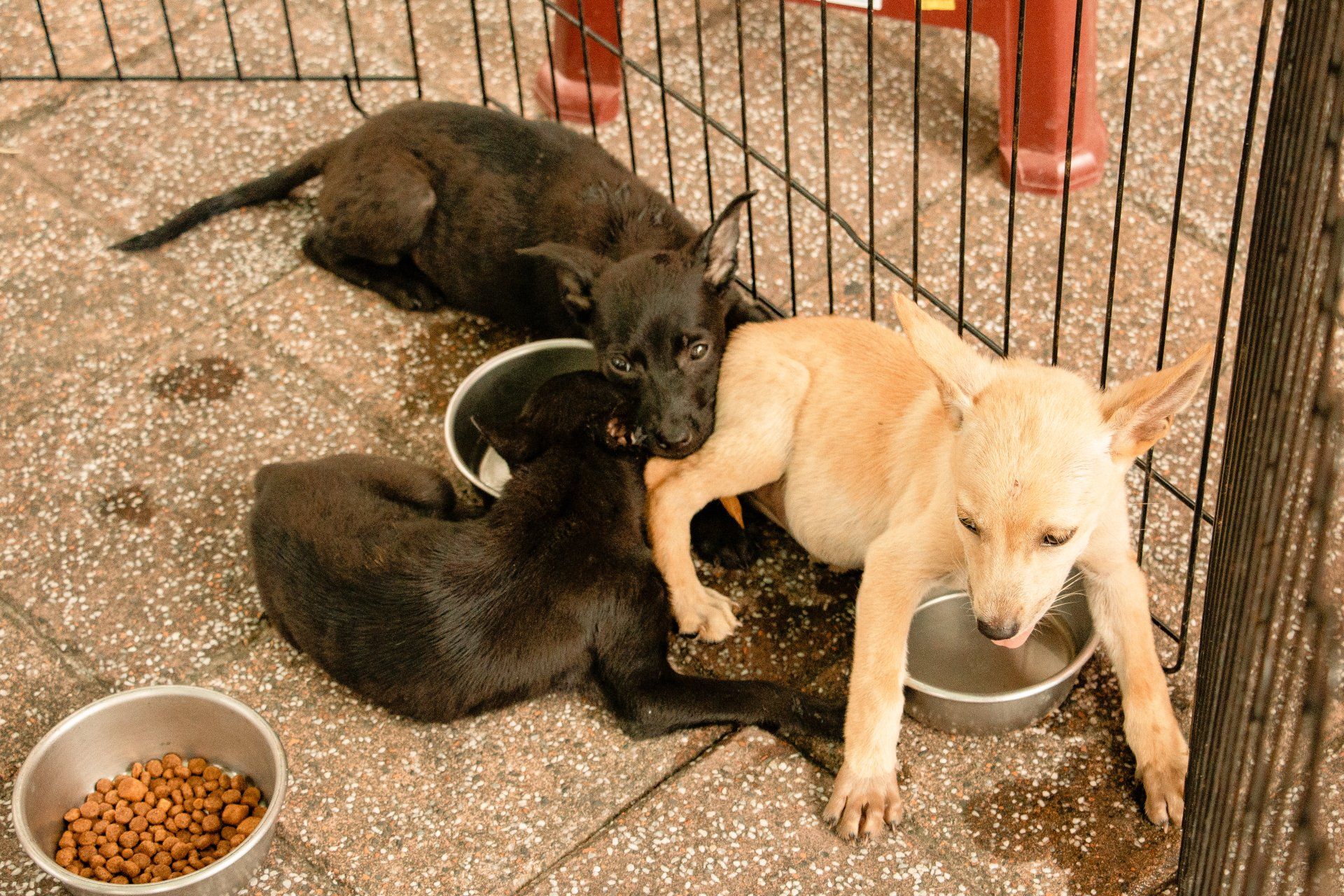
Considerations for Choosing the Right Fence Type:
- Size and Breed of Dog: Consider the size, breed, and behavior of your dog when selecting fence materials and height.
- Aesthetic Preferences: Choose a fence style and material that complements your property's aesthetics.
- Maintenance Requirements: Consider the upkeep required for different fence materials and choose one that fits your lifestyle.
- Budget Constraints: Determine your budget and explore cost-effective options without compromising on quality and durability.
Regulations and Permits
Local Zoning Laws and Regulations in Illinois:
Before installing a dog run fence, familiarize yourself with local zoning laws, neighborhood covenants, and homeowner association (HOA) regulations. These may dictate fence height, setback requirements, and materials allowed.
Permit Requirements for Dog Run Fence Installation:
In some municipalities, a permit may be required for installing a dog run fence. Check with your local building department to determine if a permit is necessary and ensure compliance with all regulations. If you hire a fence professional, they should pull all the necessary permits for you.
Working with Homeowner Associations (HOAs) and Neighborhood Guidelines:
If you live in a neighborhood governed by an HOA, review the association's guidelines and obtain approval before installing a dog run fence. Ensure that your fence design meets all aesthetic and architectural standards set by the HOA.
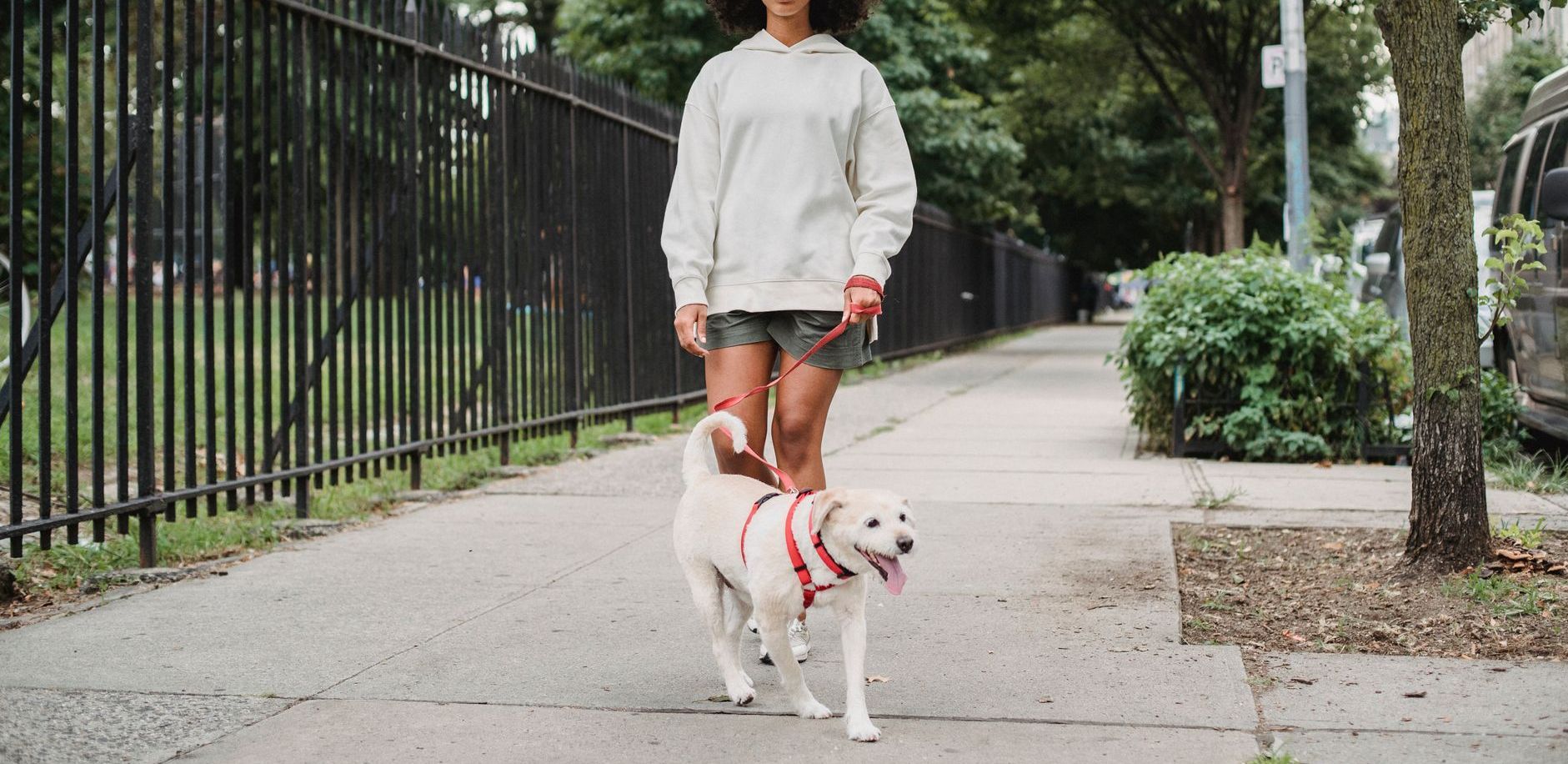
Planning Your Dog Run Fence Installation
Assessing Your Property and Dog's Needs:
Evaluate your property layout, terrain, and landscaping features to determine the ideal location for the dog run fence. Consider factors such as sun exposure, shade, and proximity to noise sources or distractions.
Determining the Size and Shape of the Dog Run:
The size of your dog run should be proportional to the size and activity level of your dog. Ensure that the dog run provides enough space for your pet to move around comfortably, stretch their legs, and engage in play.
Selecting the Location for the Dog Run Fence:
Choose a flat and level area of your yard for the dog run to facilitate easier installation and maintenance. Avoid areas with obstacles such as trees, utility lines, or steep slopes.
Budgeting and Cost Considerations:
Set a budget for your dog run fence project and factor in costs for materials, labor (if hiring professionals), permits, and any additional features or accessories. Obtain multiple quotes from reputable contractors to compare prices and services.
Choosing the Right Materials
Pros and Cons of Different Fence Materials:
- Pros: Affordable, durable, and customizable. Provides good visibility.
- Cons: Offers minimal privacy and may not be aesthetically pleasing.
- Pros: Natural beauty, privacy, and customization options. Adds warmth and character to your property.
- Cons: Requires regular maintenance such as staining or sealing to prevent rot and decay.
- Pros: Low-maintenance, durable, and resistant to rot, rust, and fading. Comes in various colors and styles.
- Cons: Higher initial cost compared to other materials.
Welded Wire:
- Pros: Provides strength, security, and visibility. Ideal for containing larger dogs or keeping out wildlife.
- Cons: May be less aesthetically pleasing compared to other materials.
- Pros: Light weight, doesn't rust, low maintenance. Provides a decorative appearance
- Cons: Not strong enough for large breed dogs.
- Pros: Provides strength, privacy, and security. Very durable and long lastime.
- Cons: Very high cost compared to other fence materials (typically x2).
Durability, Maintenance, and Longevity of Materials:
Consider the durability and maintenance requirements of different fence materials when making your selection. Choose a material that can withstand the elements and requires minimal upkeep to ensure longevity.
Environmental Considerations:
Opt for eco-friendly fence materials such as sustainably sourced wood or recycled vinyl to minimize environmental impact. Choose materials that are free from harmful chemicals or treatments that could pose risks to your pet's health.
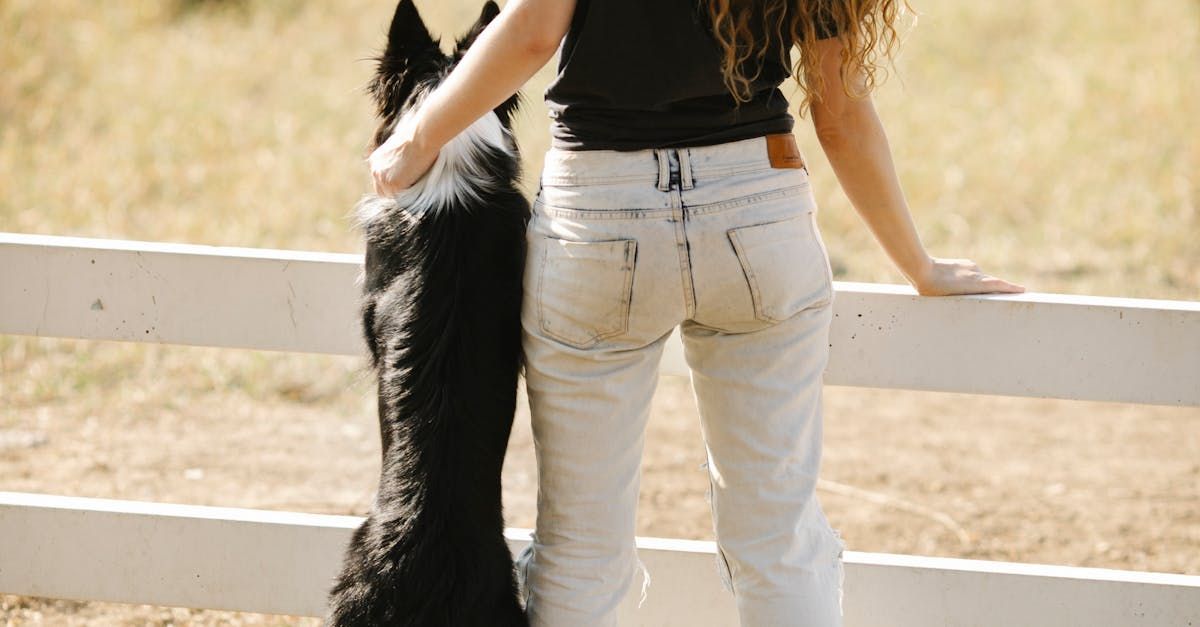
Dog Fence Design Considerations
Height and Spacing of Fence Panels:
Ensure that the height of your dog run fence is appropriate for your dog's size and breed to prevent escape attempts. For small or medium-sized dogs, a fence height of 4 to 6 feet is typically sufficient, while larger breeds may require taller fences.
Gate Placement and Accessibility:
Install gates at strategic locations to facilitate easy access to the dog run and ensure safety and convenience for both you and your pet. Consider installing self-closing and self-latching gates to prevent accidental escapes.
Ground Preparation and Flooring Options:
Prepare the ground inside the dog run by leveling the surface and removing any debris or obstacles. Consider adding a ground cover such as gravel, mulch, or artificial turf to provide a comfortable and safe surface for your pet to walk and play on.
Shade and Shelter Considerations:
Provide adequate shade and shelter within the dog run to protect your pet from extreme weather conditions such as sun exposure, rain, or snow. Install a shade sail, canopy, or doghouse to offer relief from the elements and ensure your pet's comfort.
Hiring a Professional vs. DIY Installation
Pros and Cons of Hiring a Professional Fence Installer:
Pros:
- Expertise and Experience: Professional installers have the knowledge and skills to ensure a quality installation that meets all safety and regulatory standards.
- Time-Saving: Hiring professionals can save you time and effort, especially for larger or more complex projects.
- Warranty and Guarantees: Many professional installers offer warranties and guarantees on their workmanship and materials, providing added peace of mind.
Cons:
- Cost: Hiring professionals may be more expensive upfront compared to a DIY installation.
- Scheduling Constraints: Availability and scheduling may be limited depending on the contractor's workload and seasonality.
DIY Dog Run Fence Installation Tips and Techniques:
- Research and Planning: Educate yourself about the installation process and gather all necessary materials and tools before starting.
- Follow Instructions: Read and follow manufacturer's instructions carefully to ensure proper installation and avoid mistakes.
- Safety Precautions: Take necessary safety precautions such as wearing protective gear and using appropriate tools to prevent accidents or injuries.
- If you are unsure, hire a fence professional.
If you are overwhelmed by this information or would like a consultation to build a new dog fence, please contact us for a free fence consultation. To learn more about our dog fence options, please click here.
Fence Installation Blog
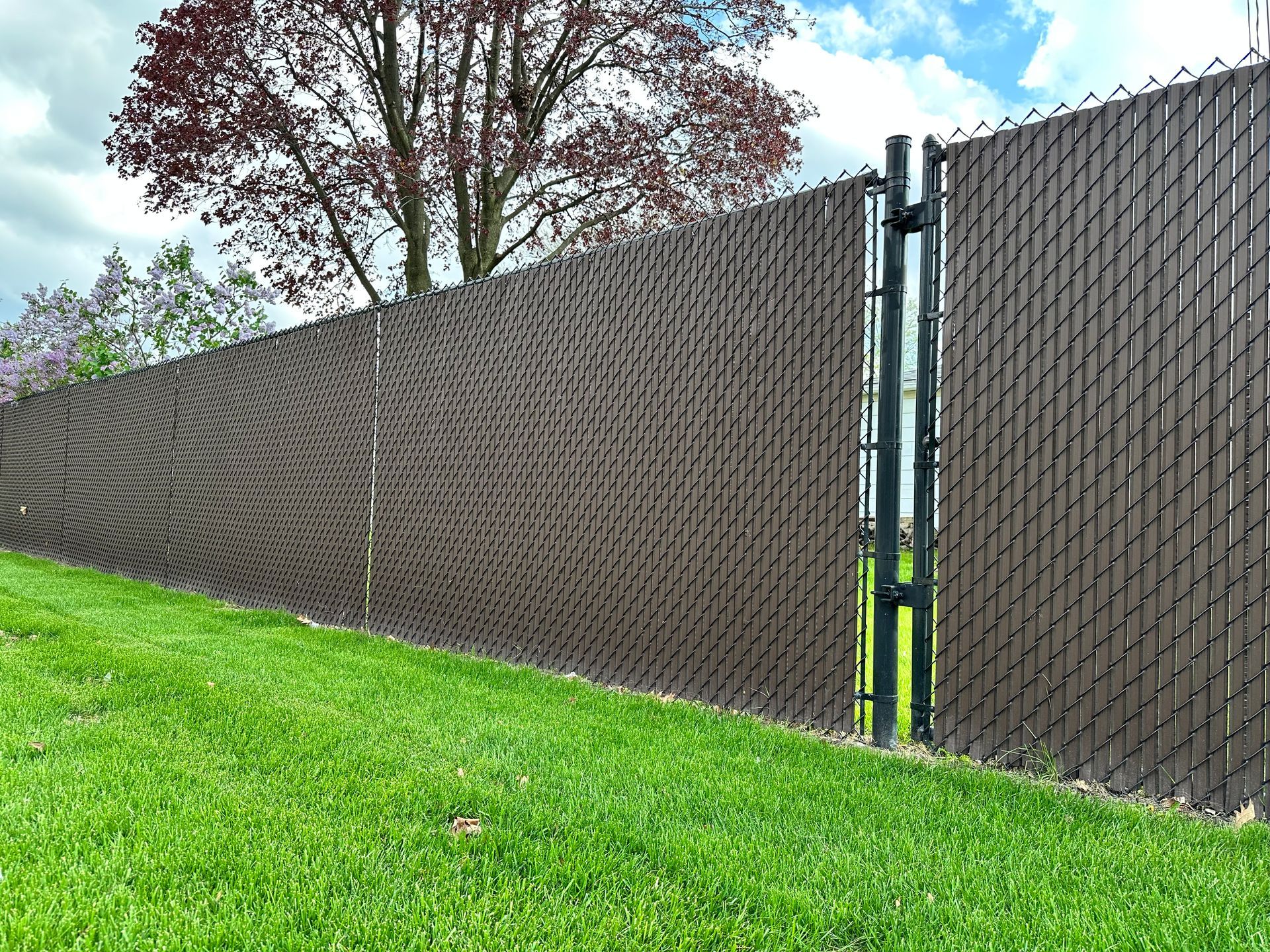
How to Upgrade Your Chain Link Fence with Privacy Slats: Benefits, Styles & Installation in Illinois
